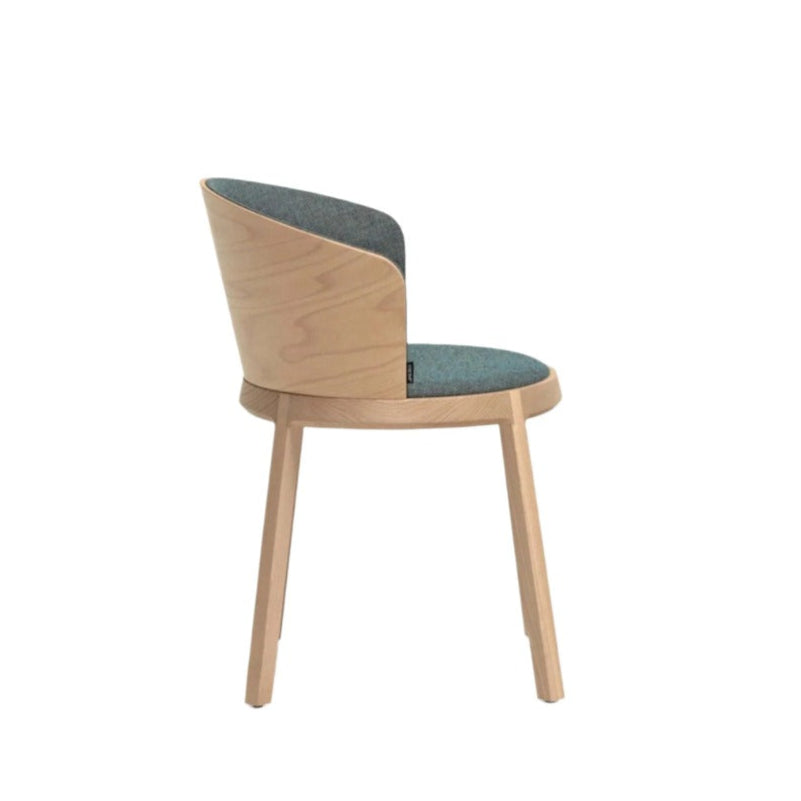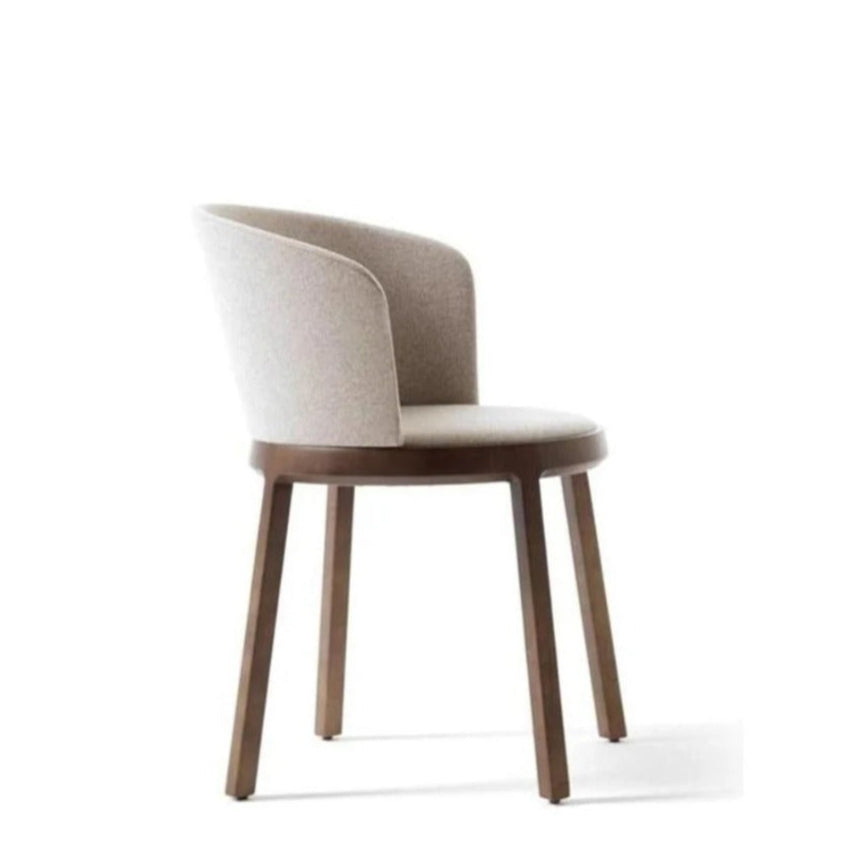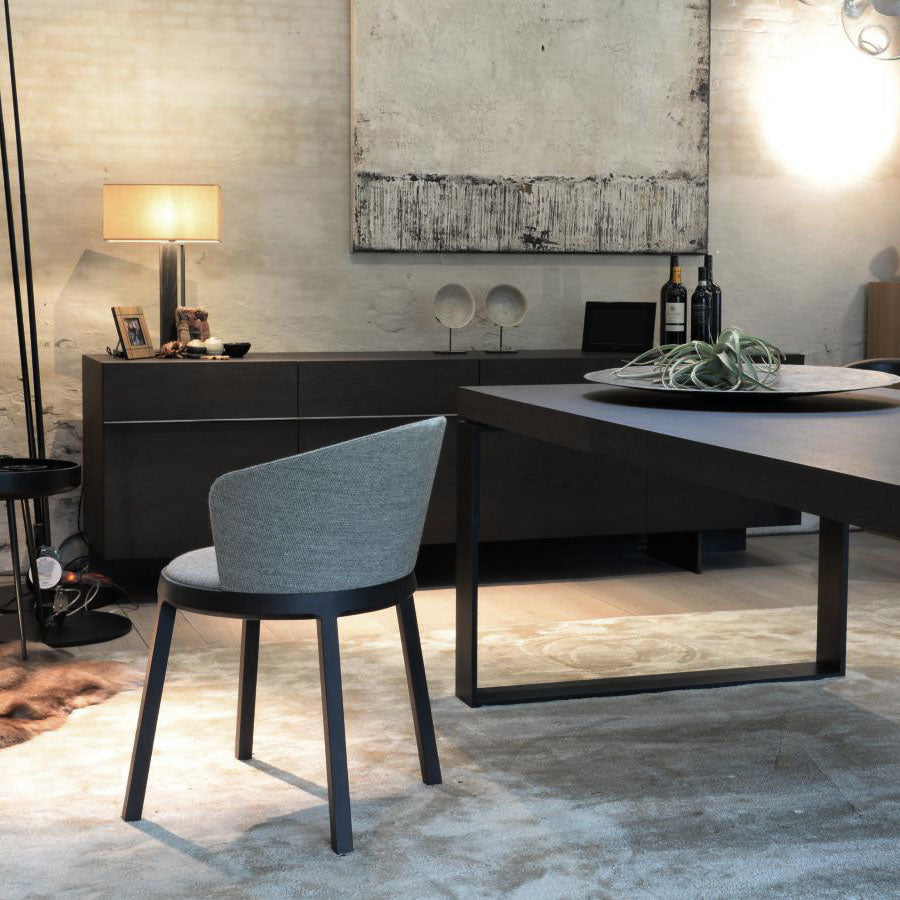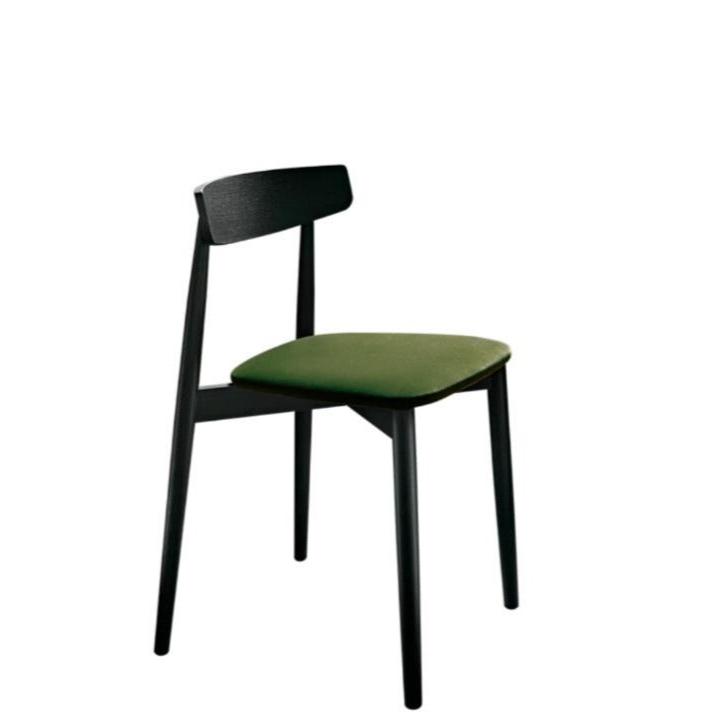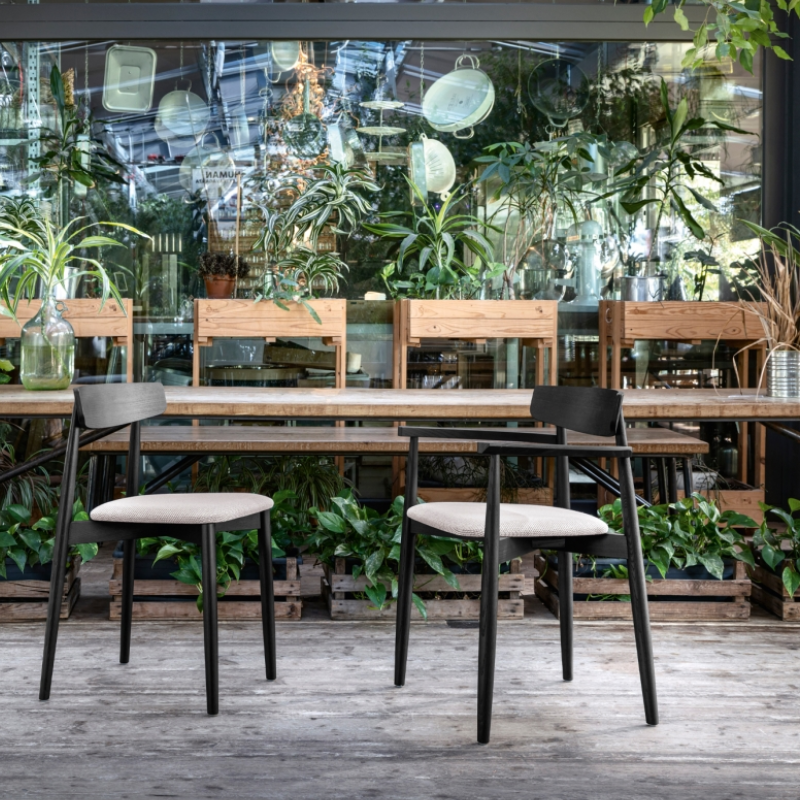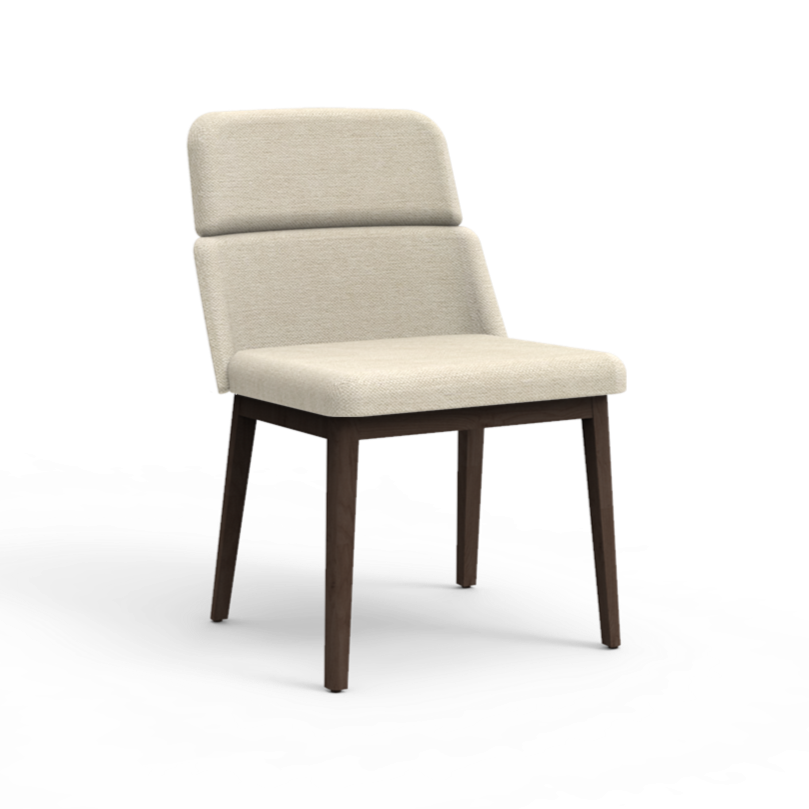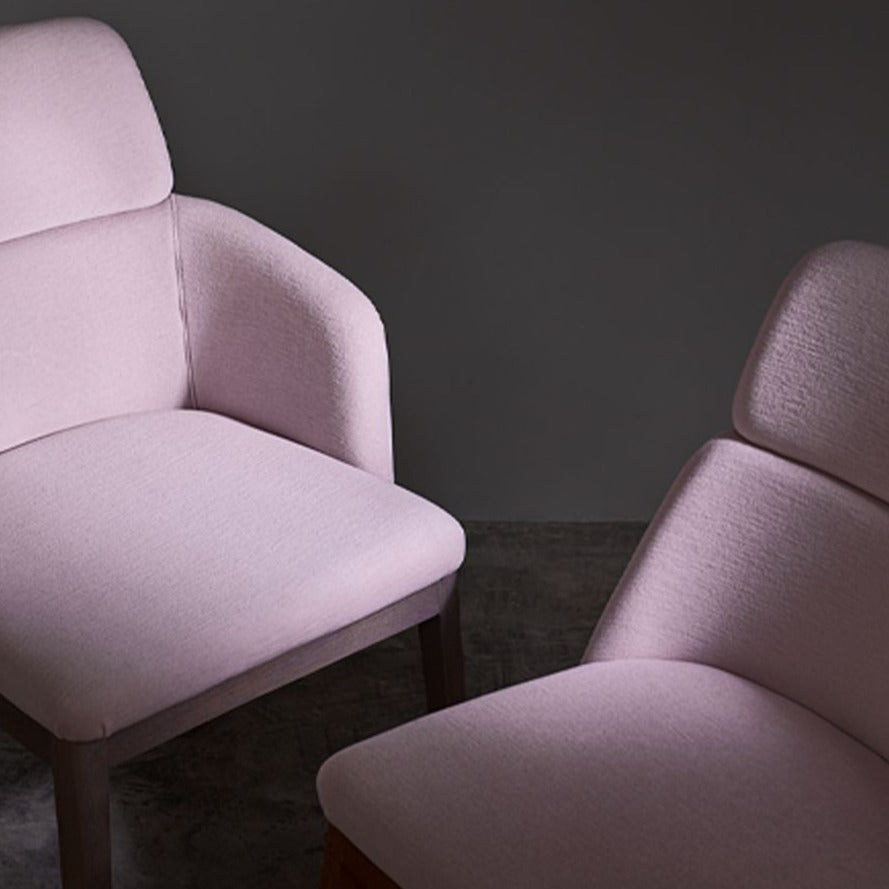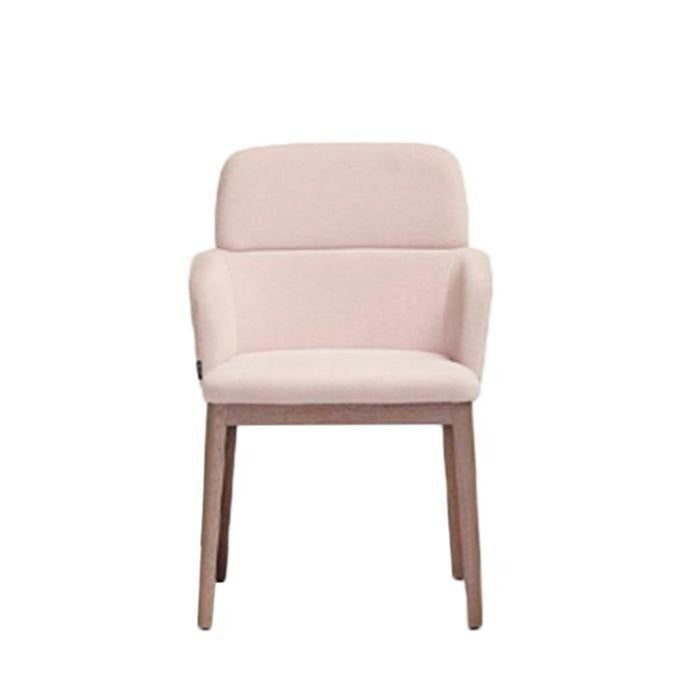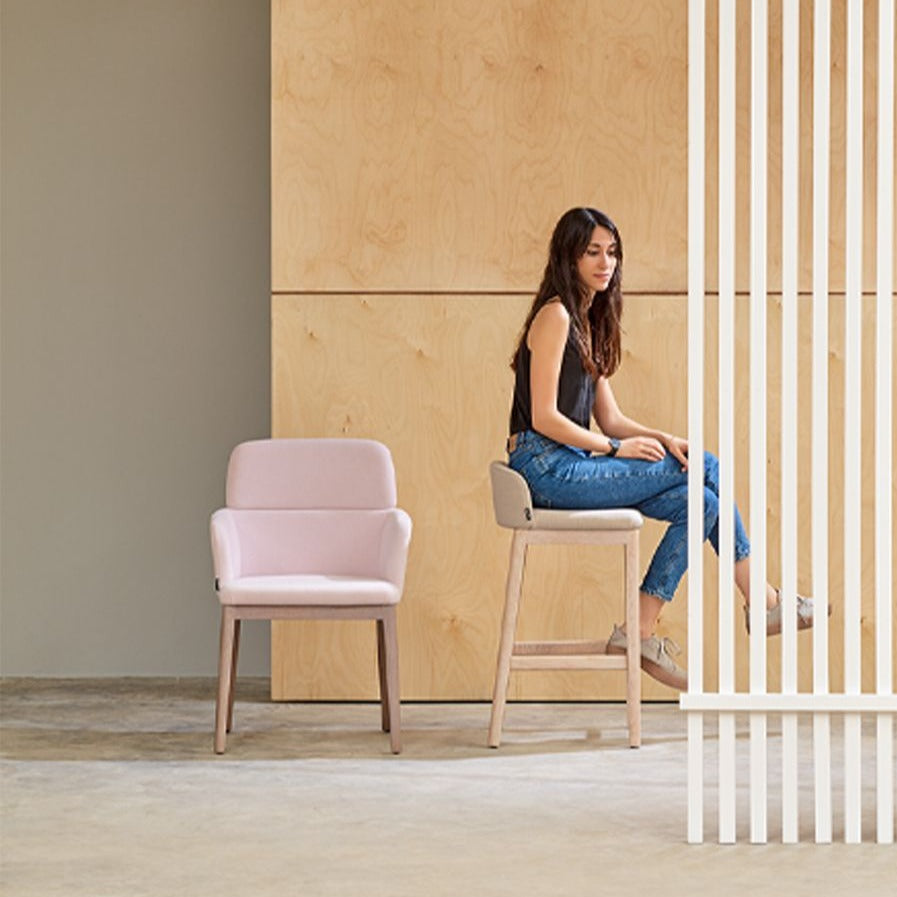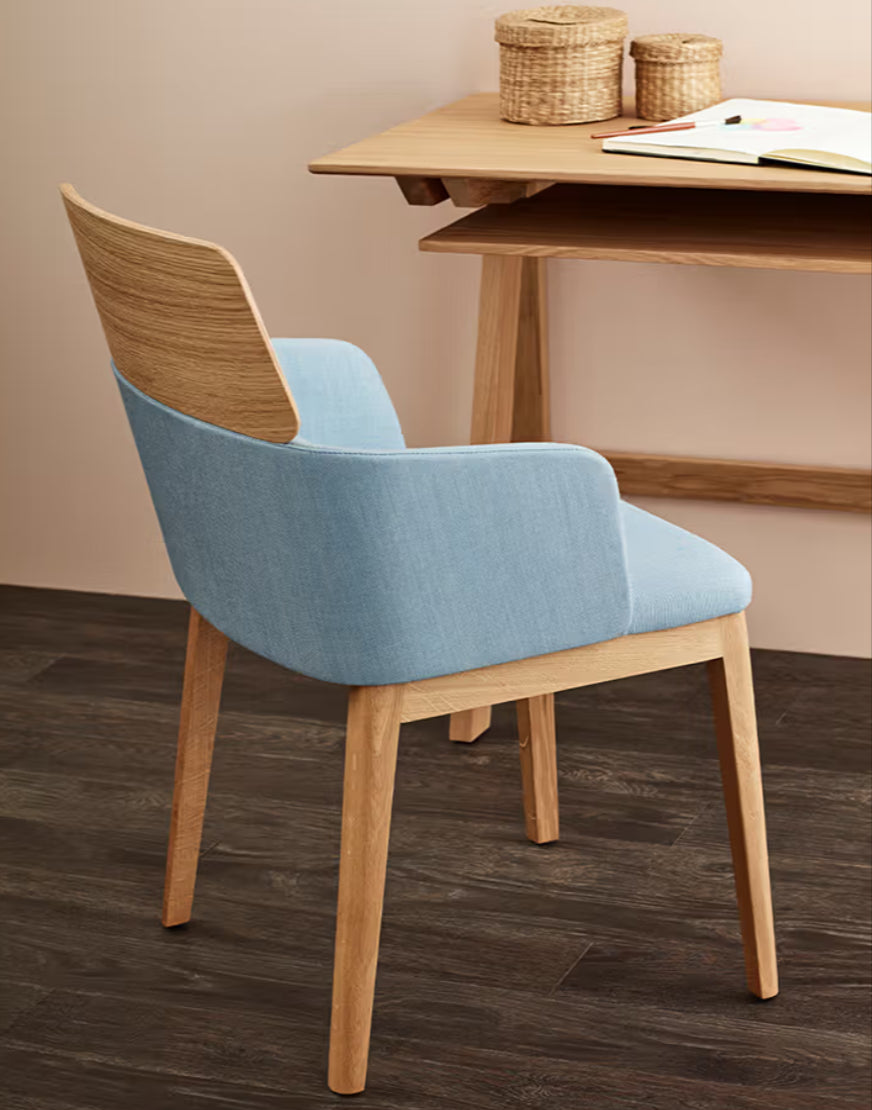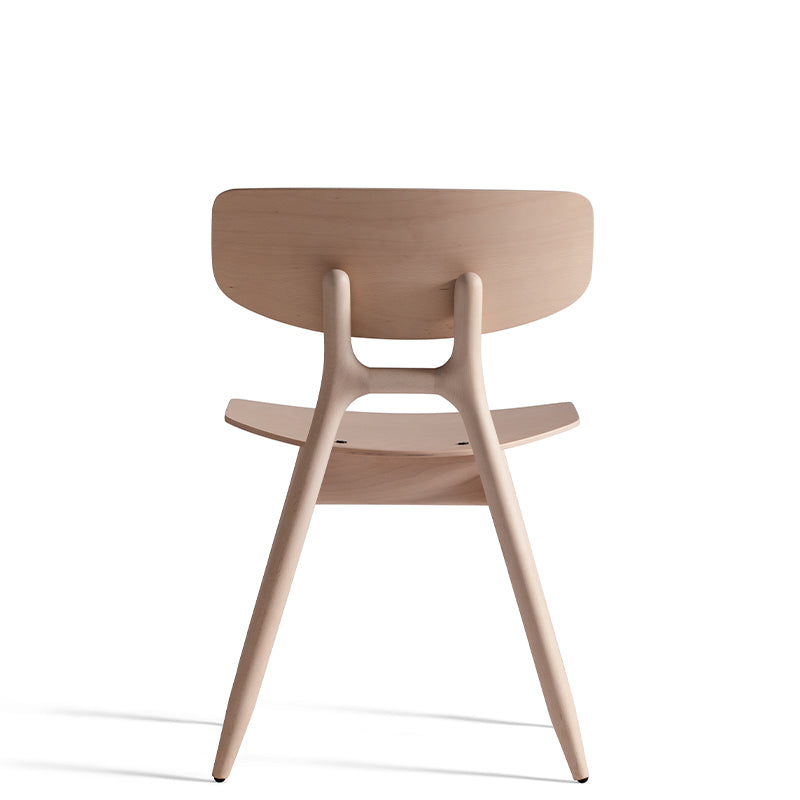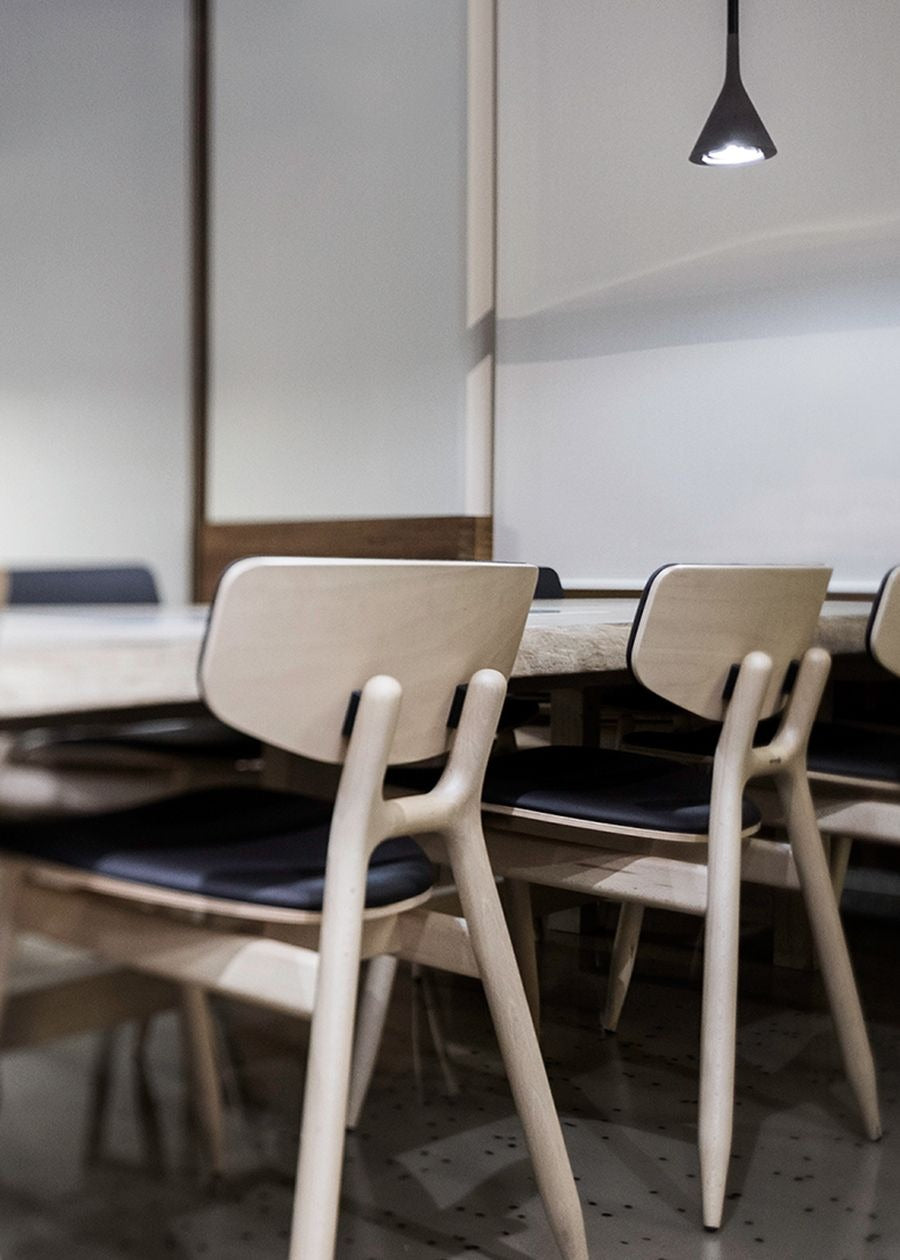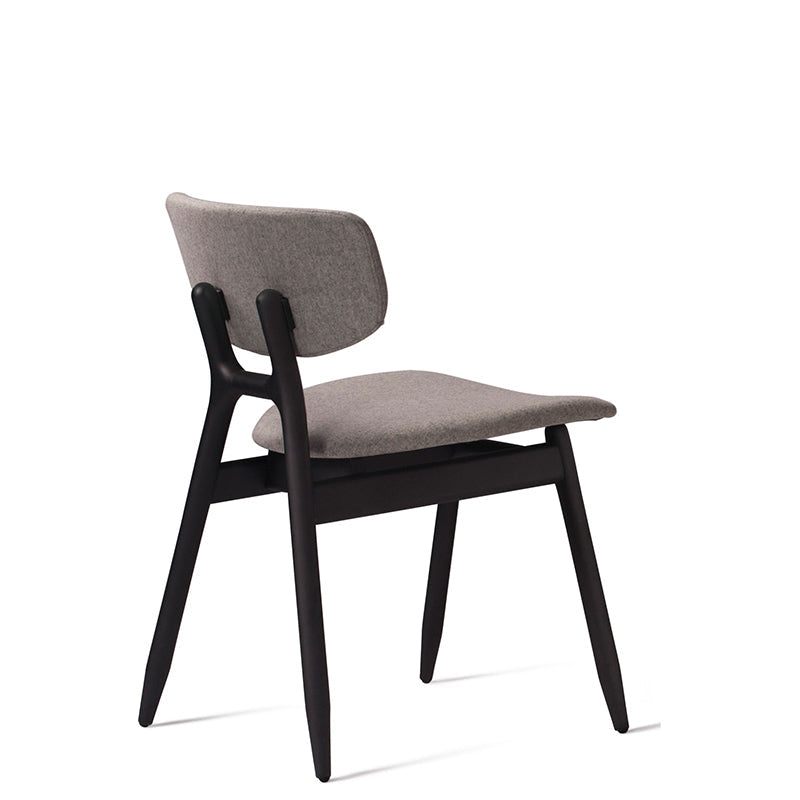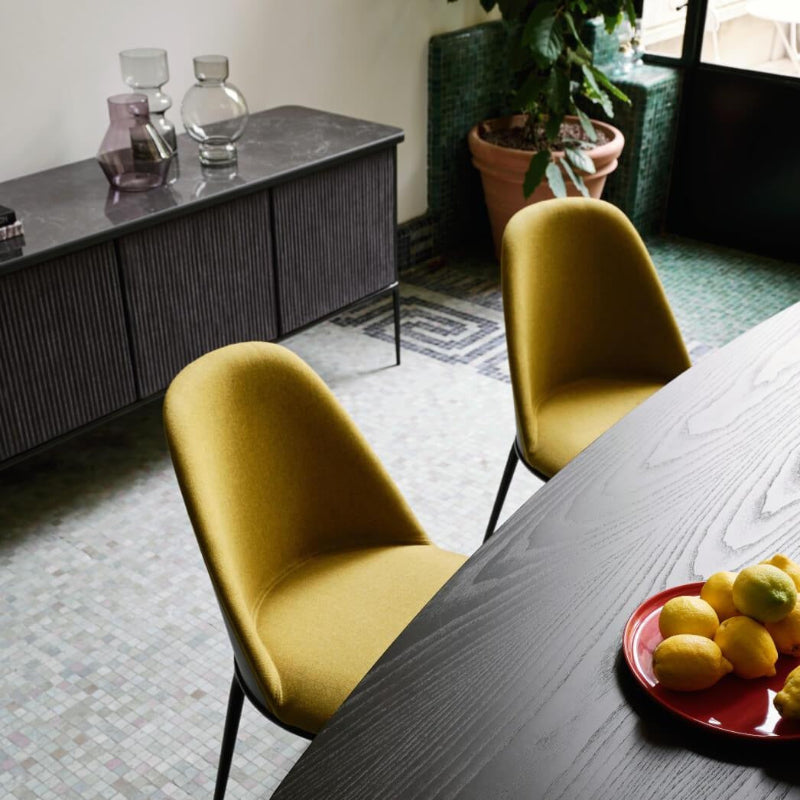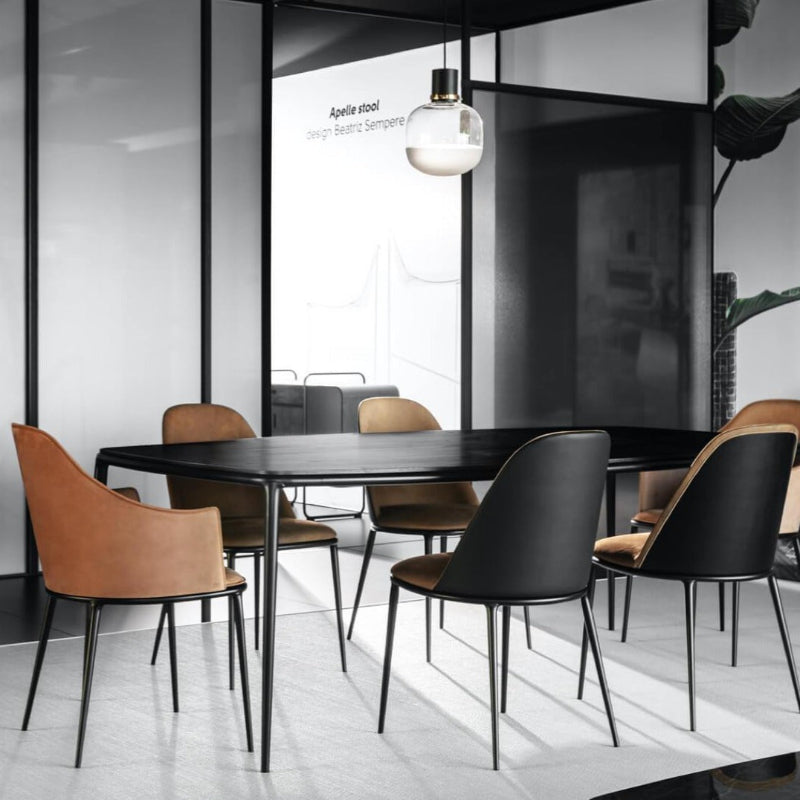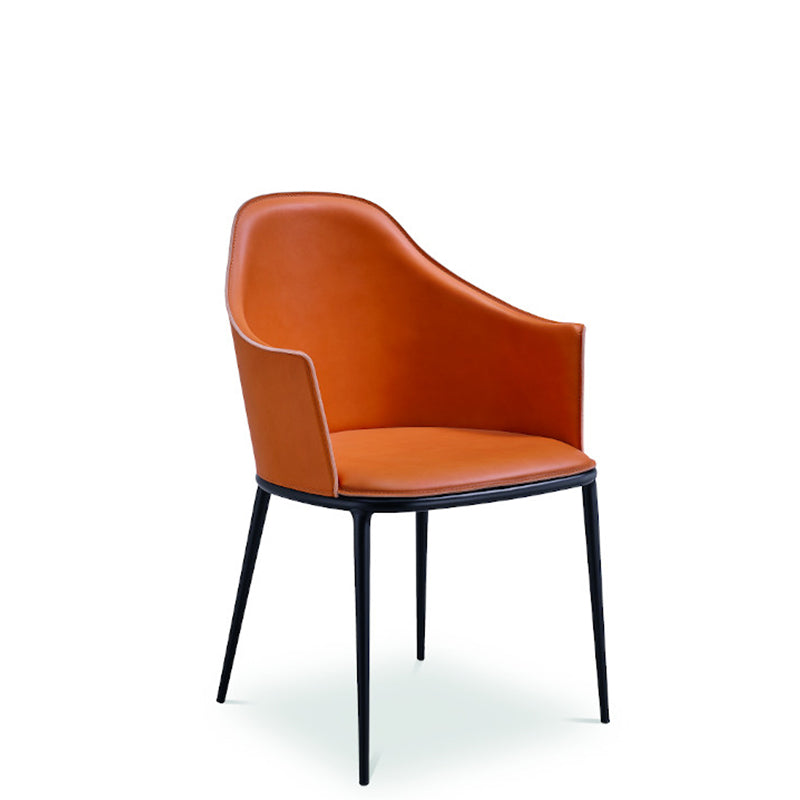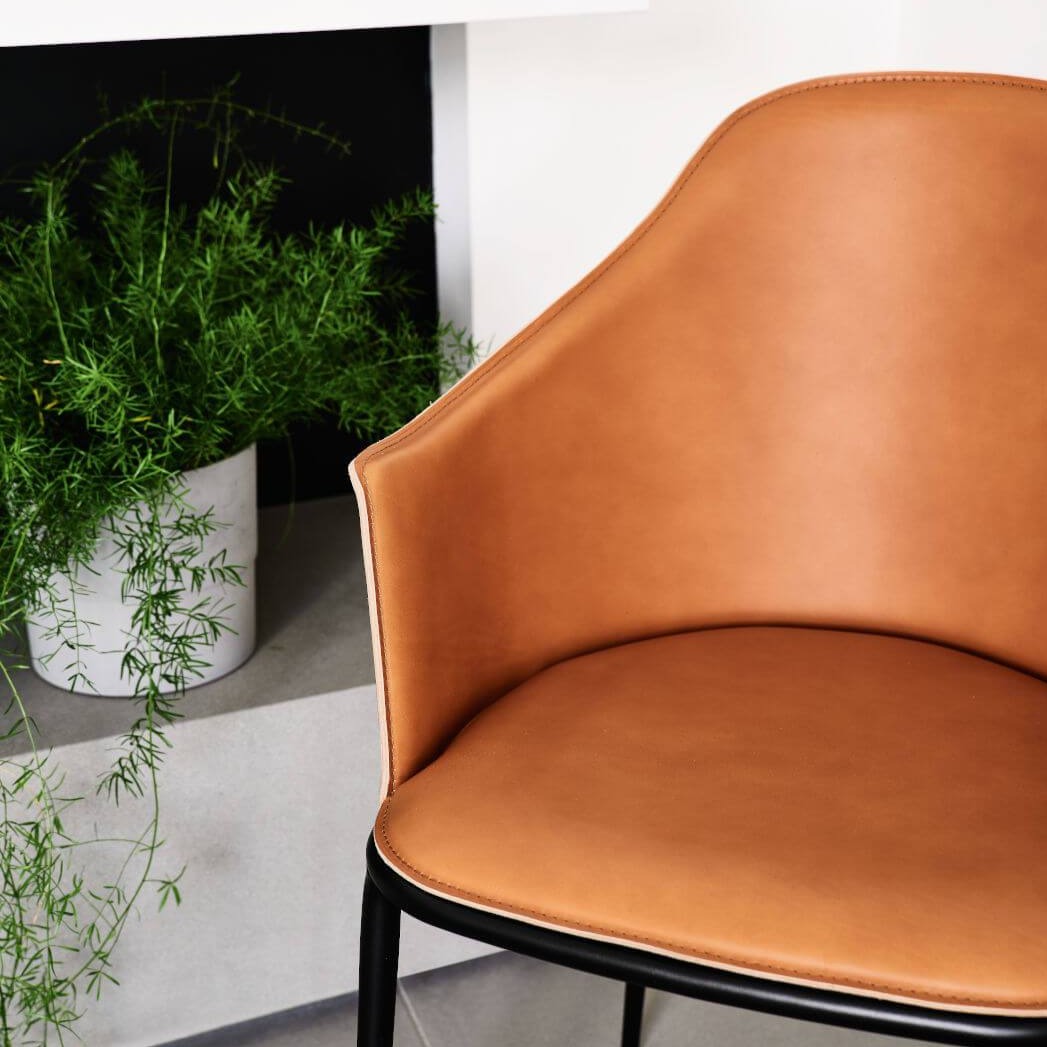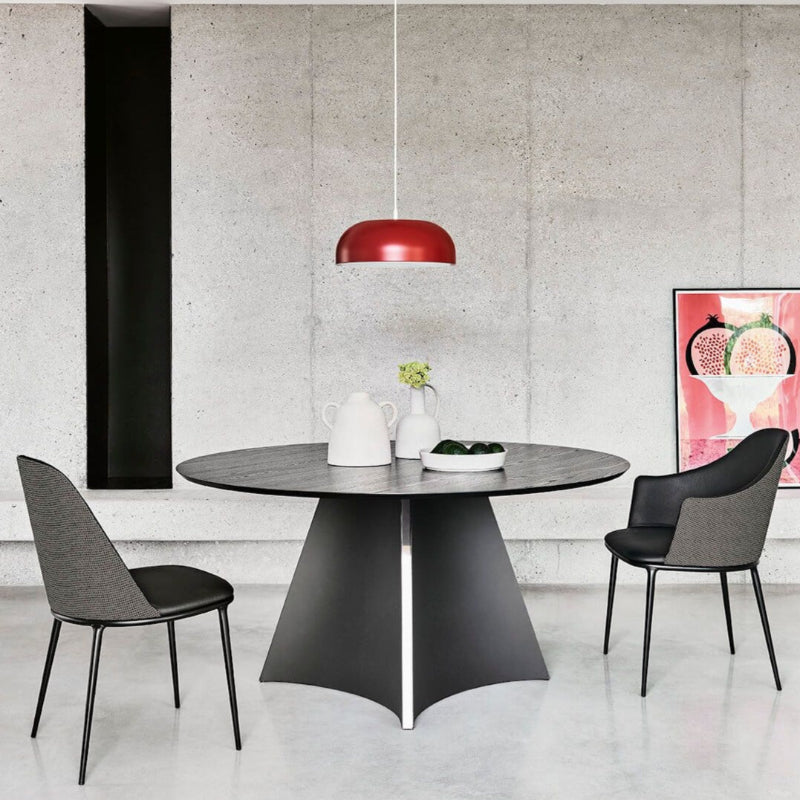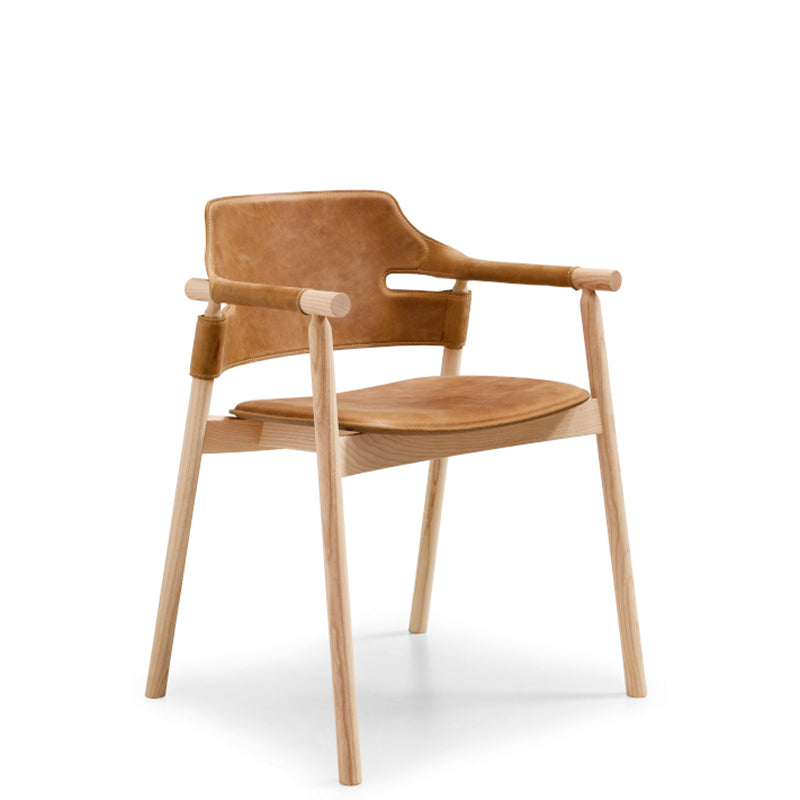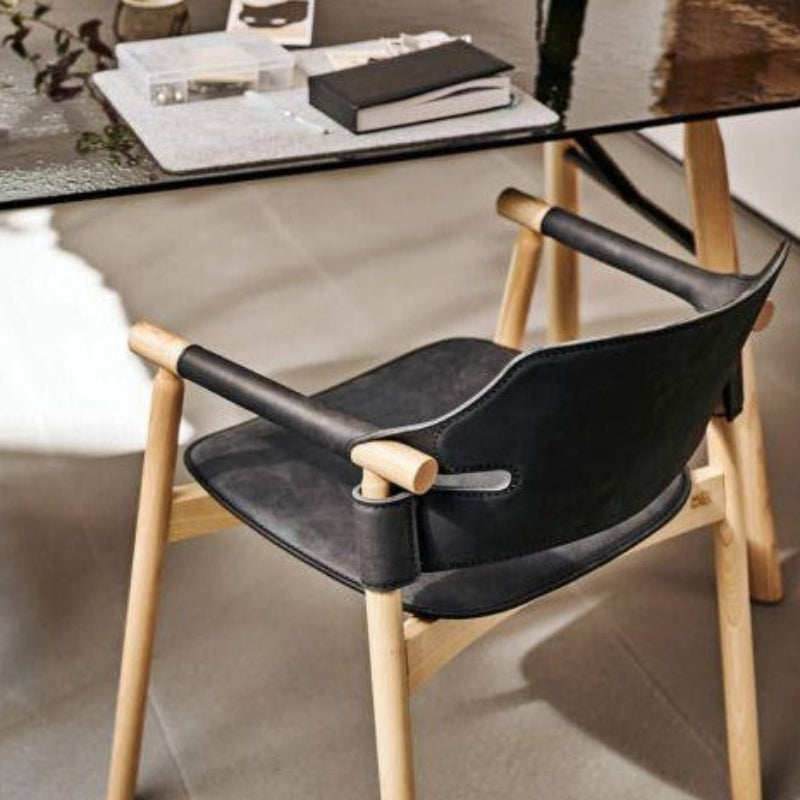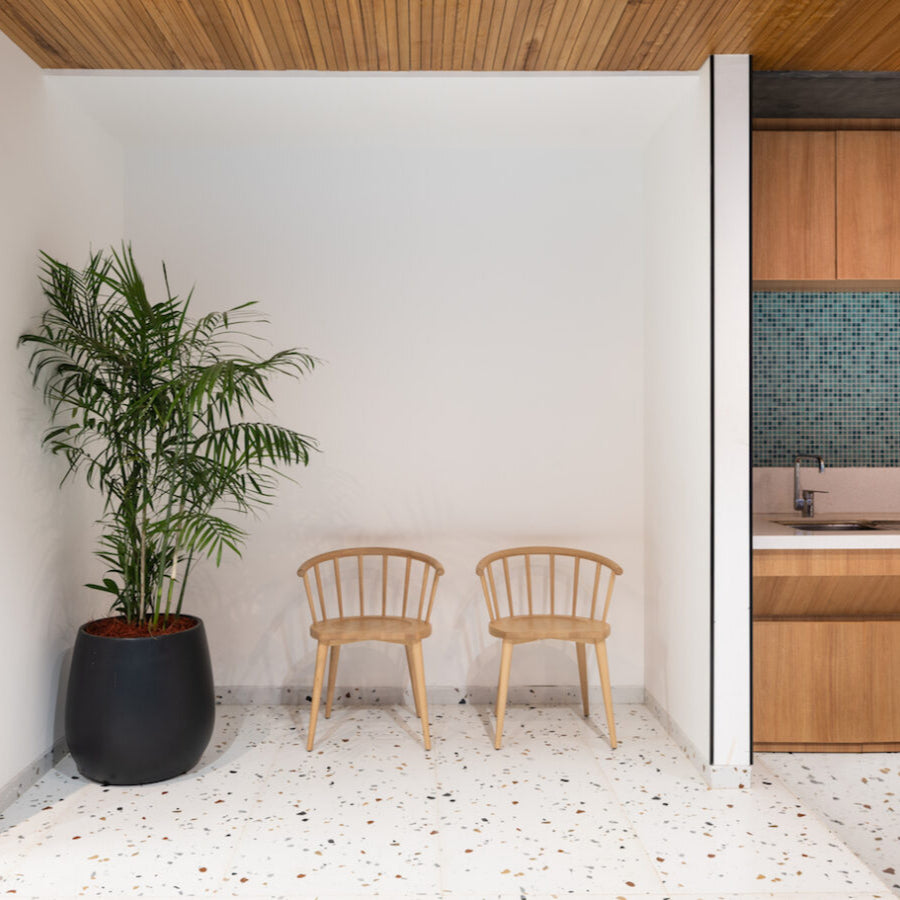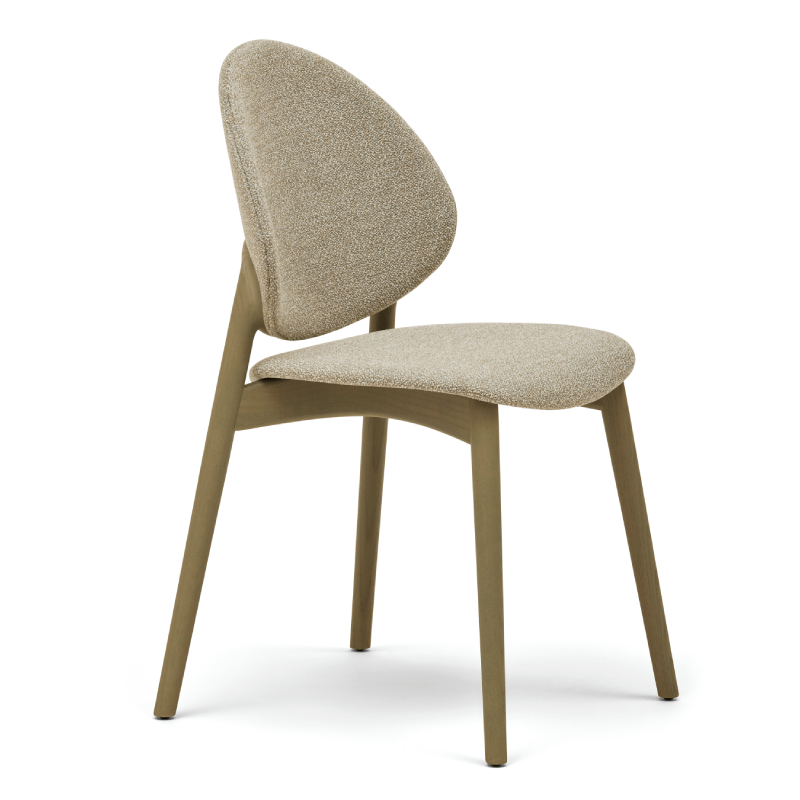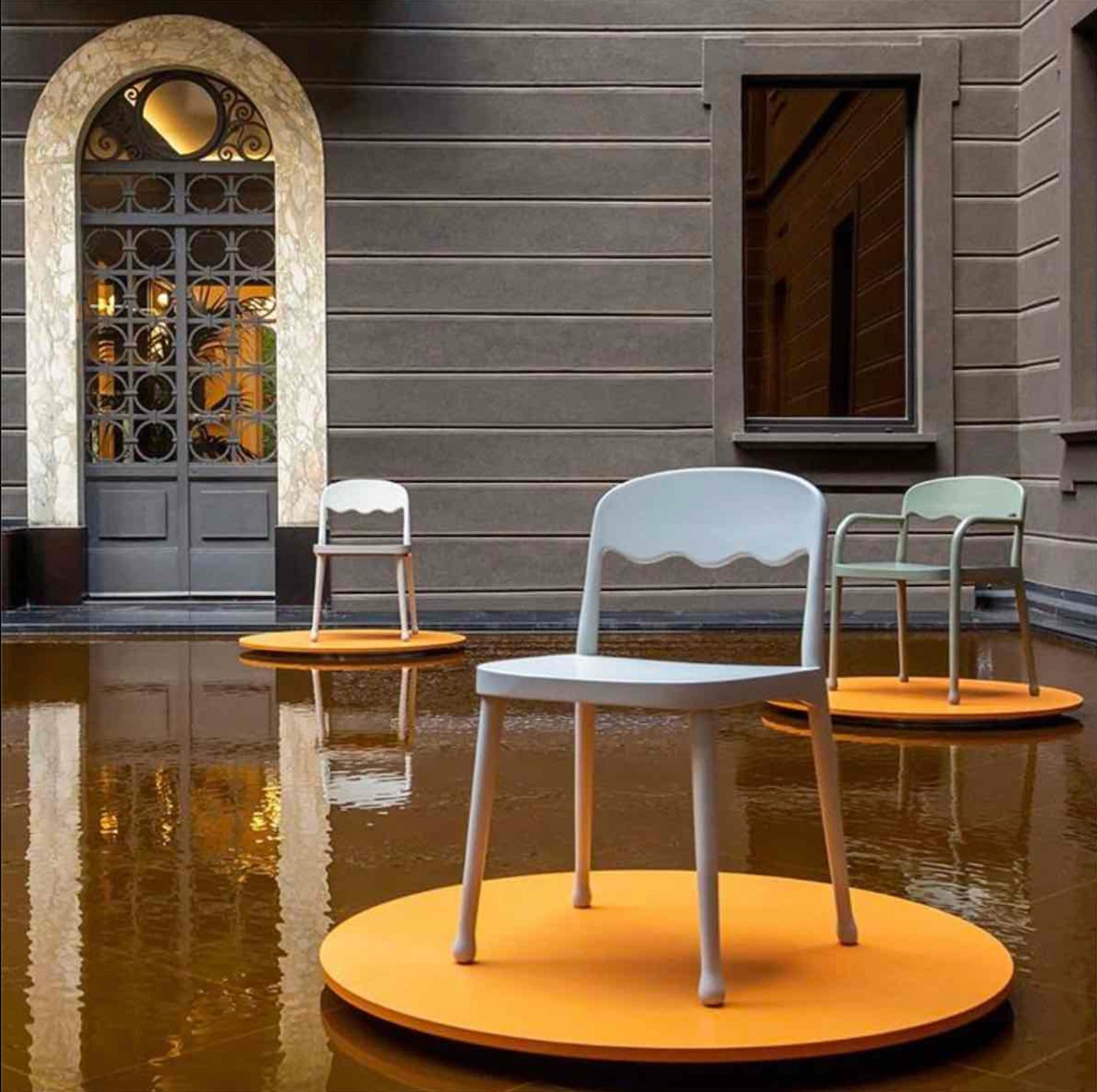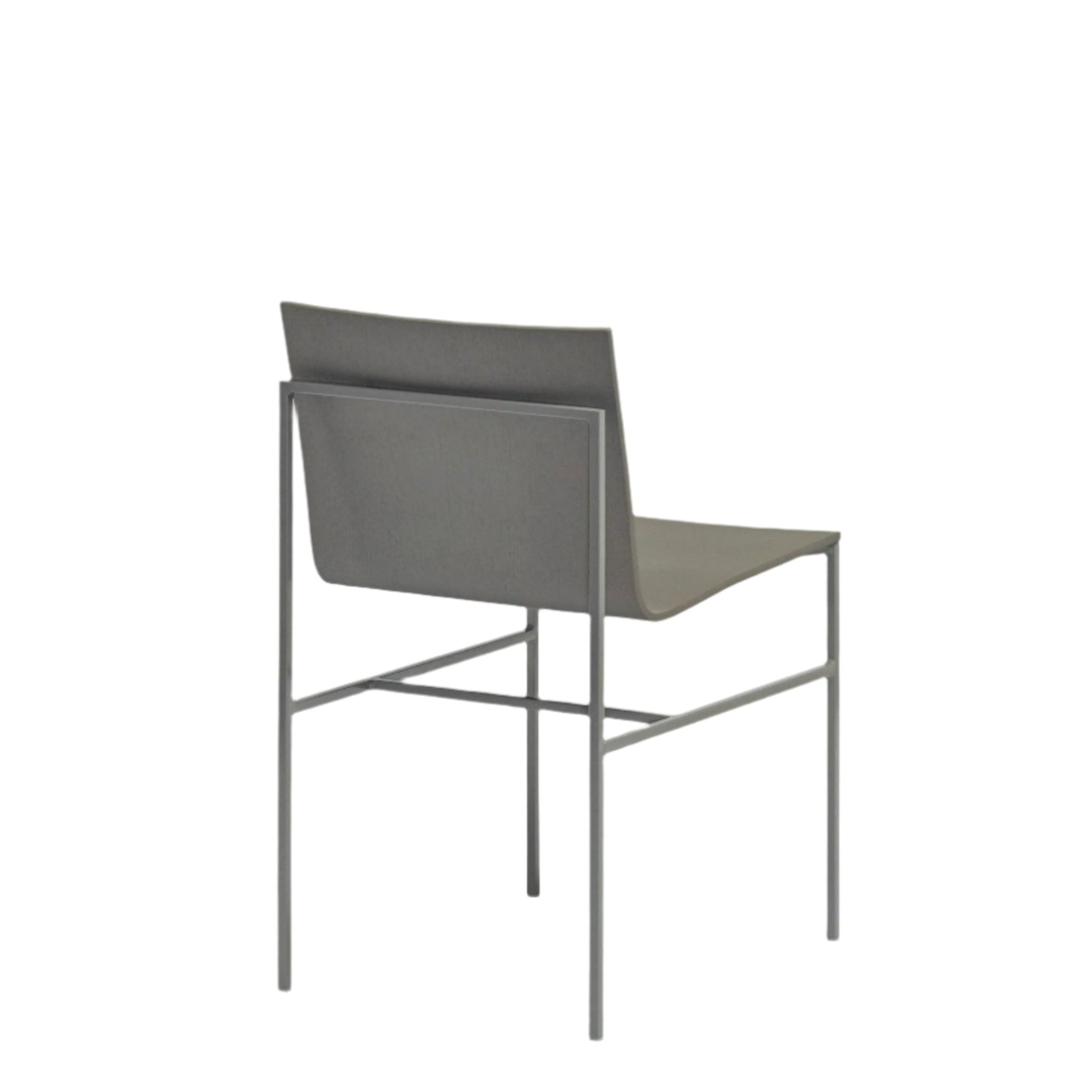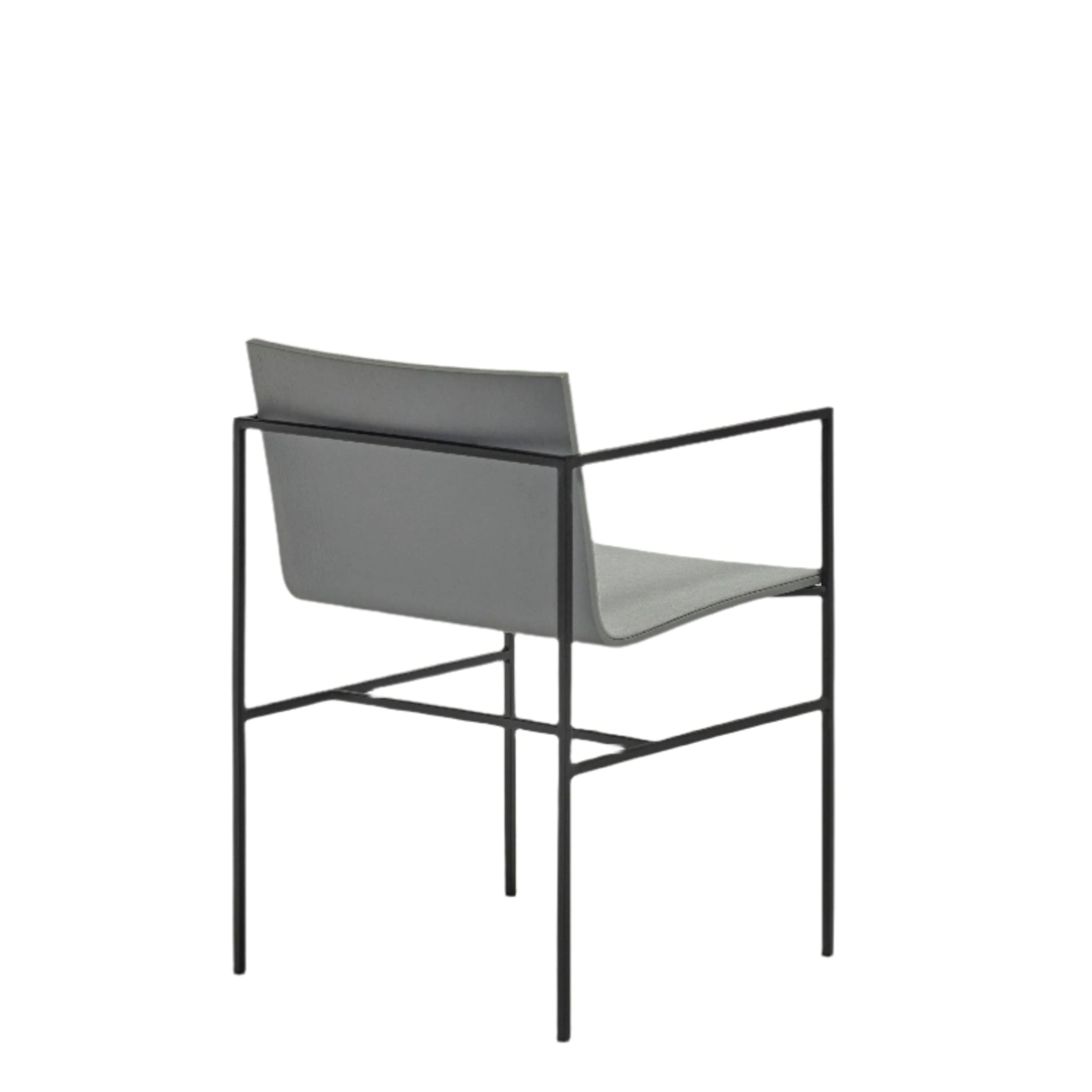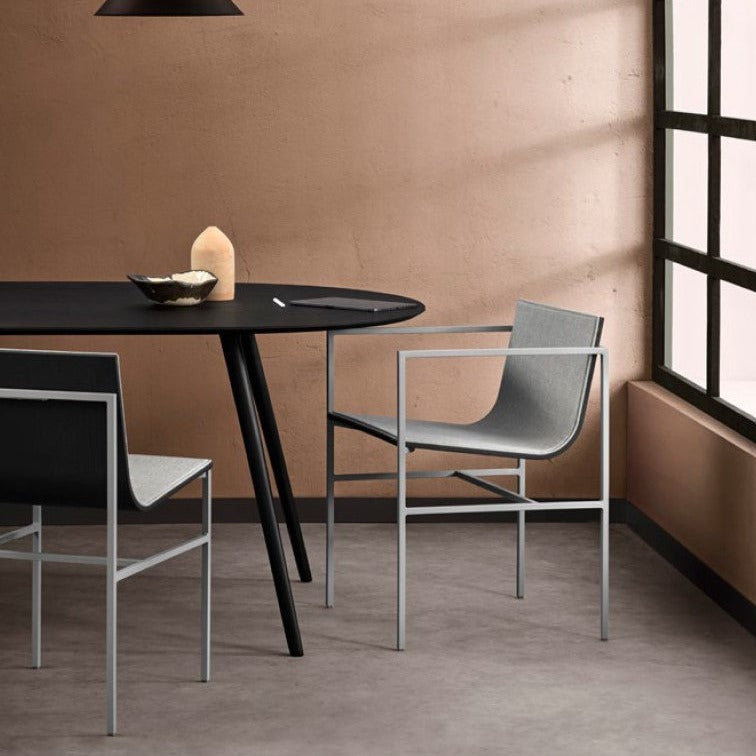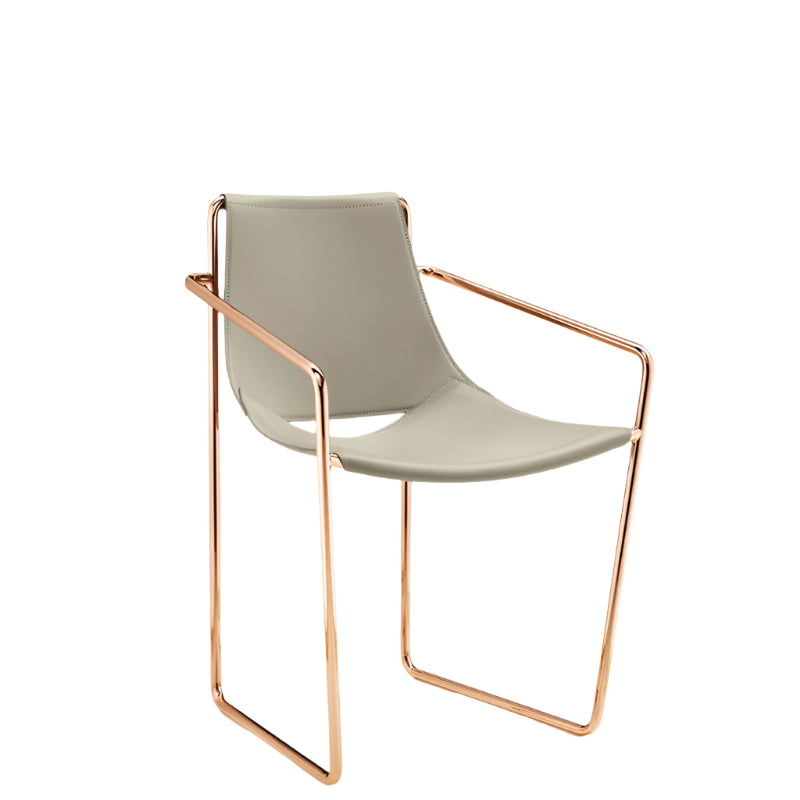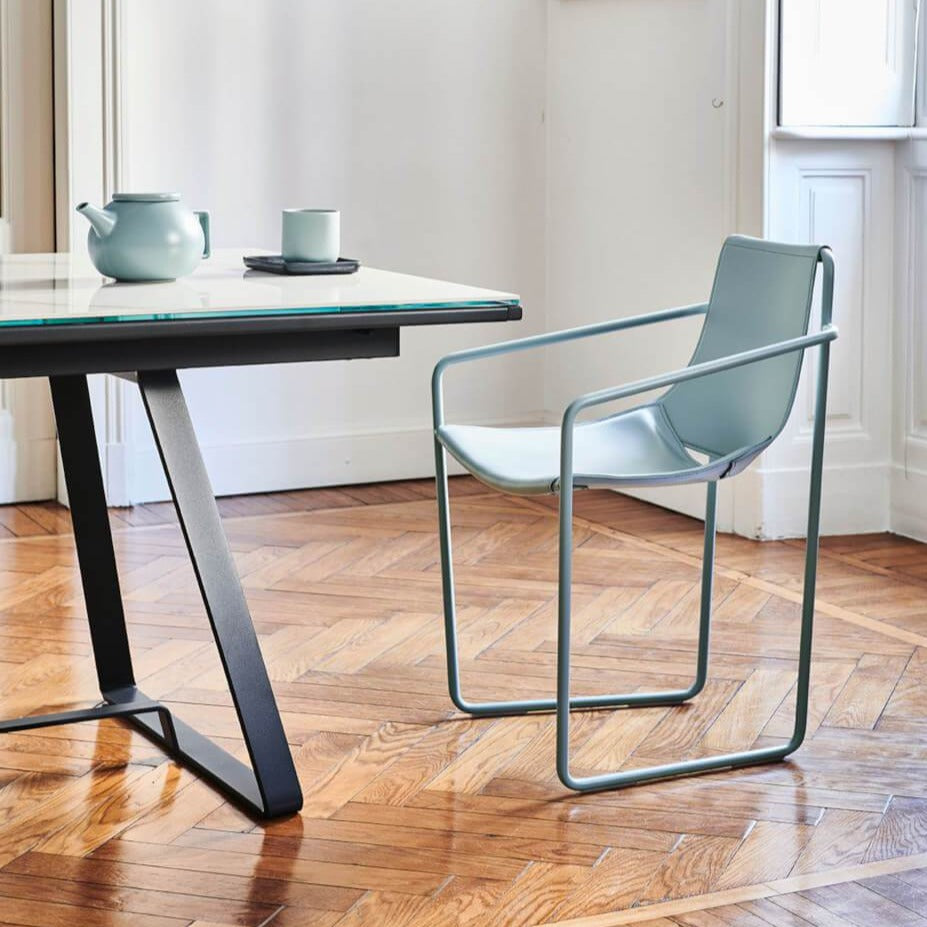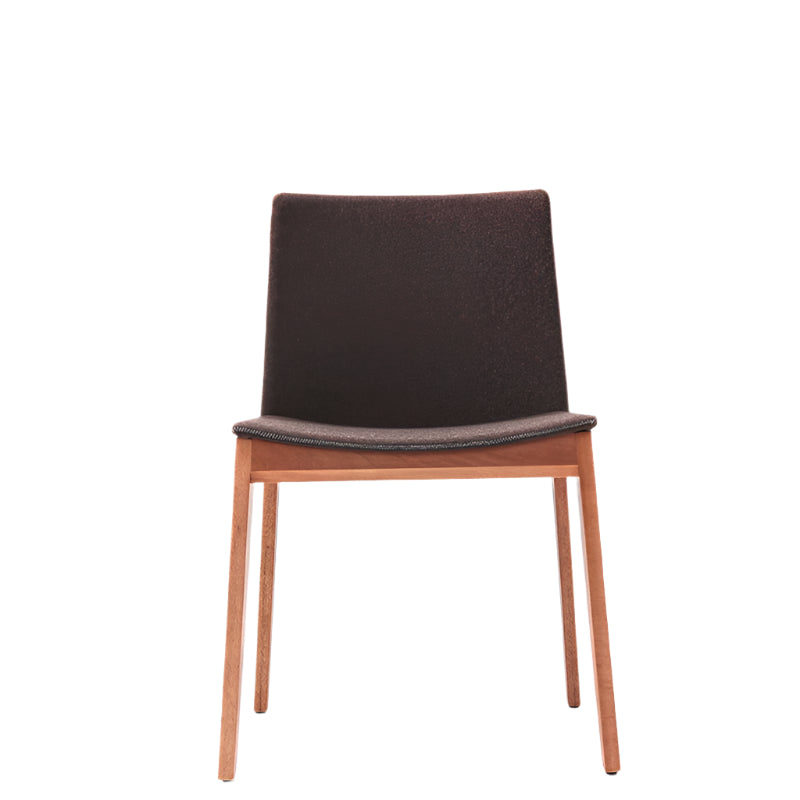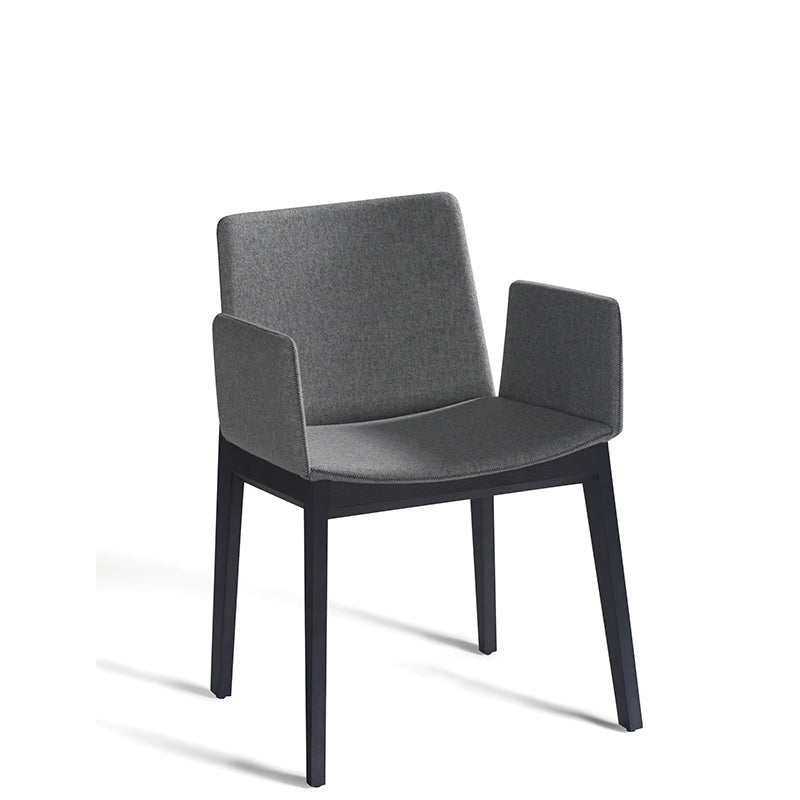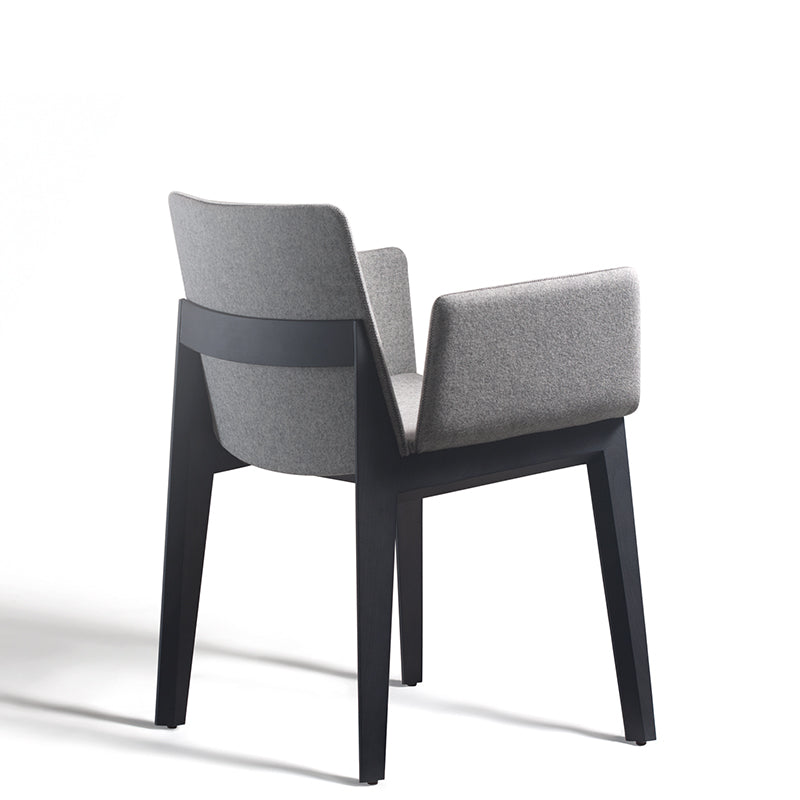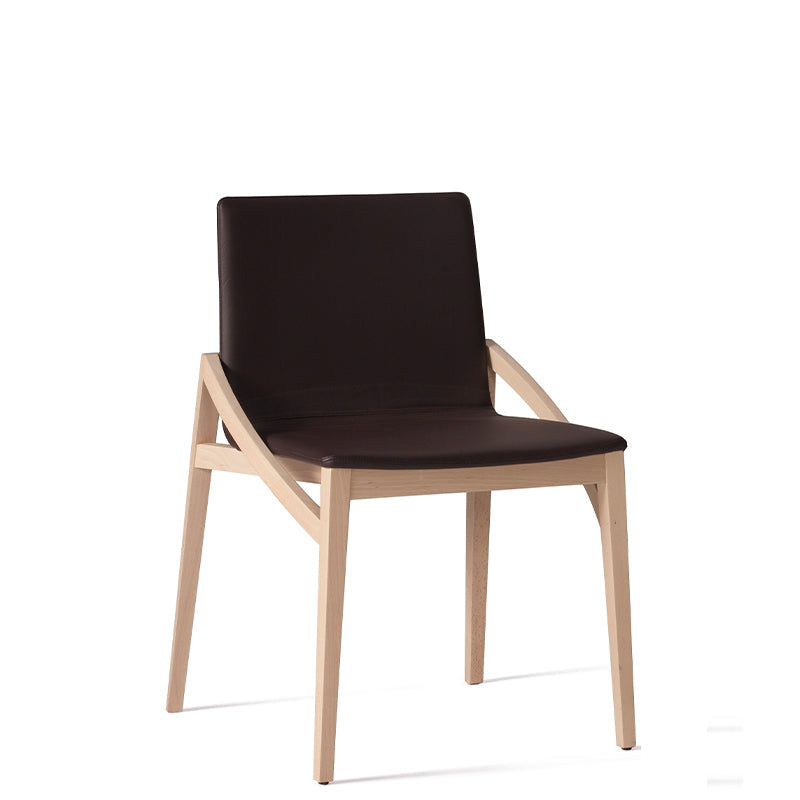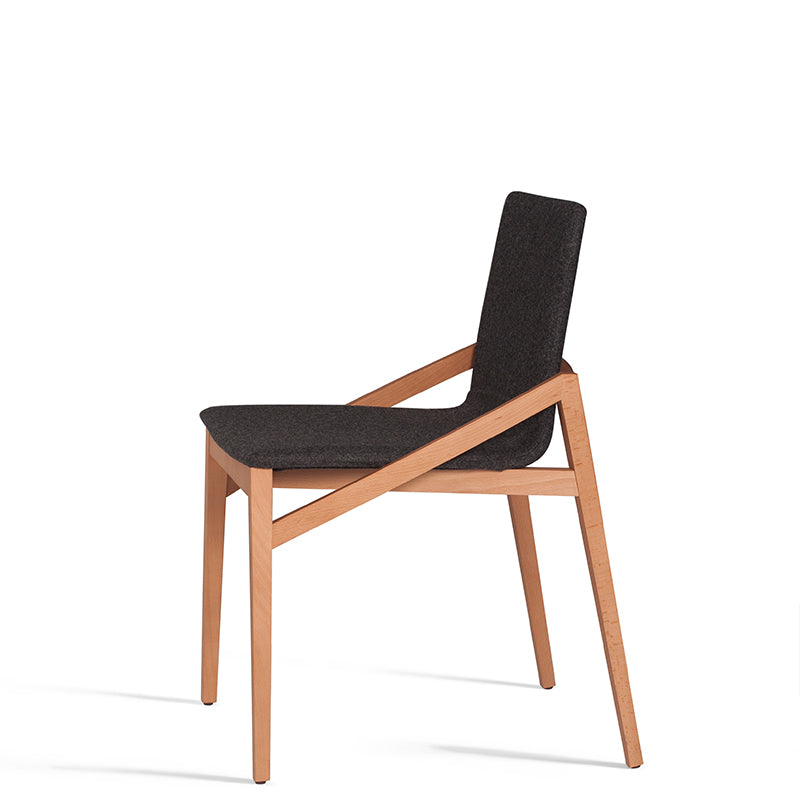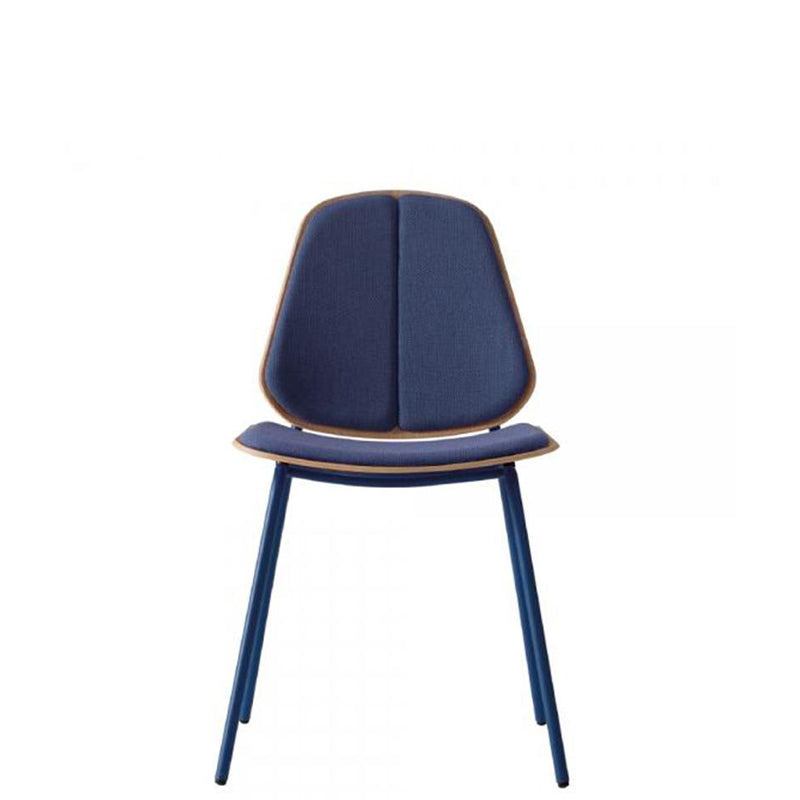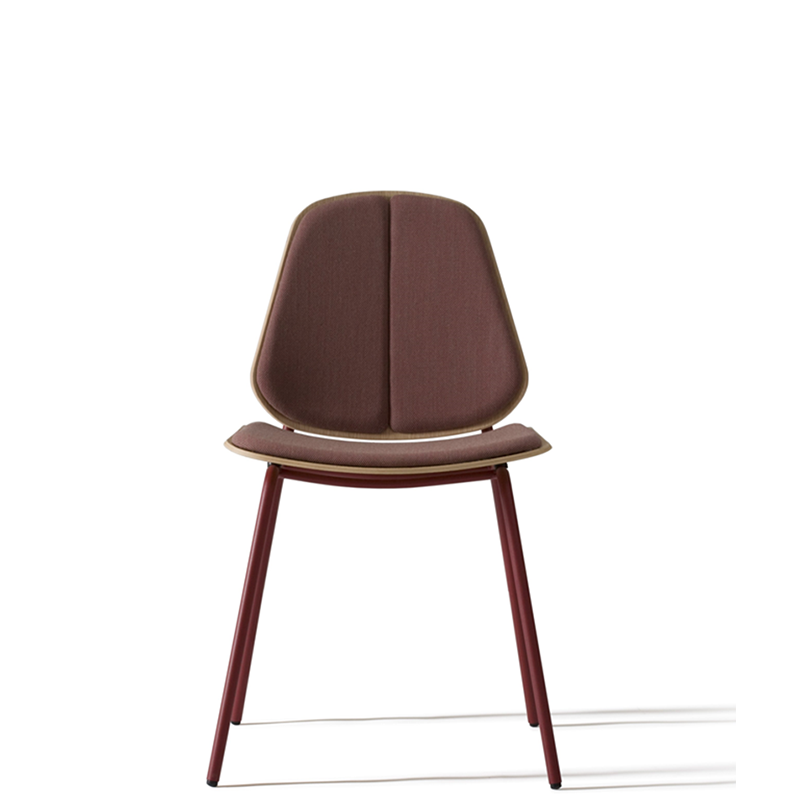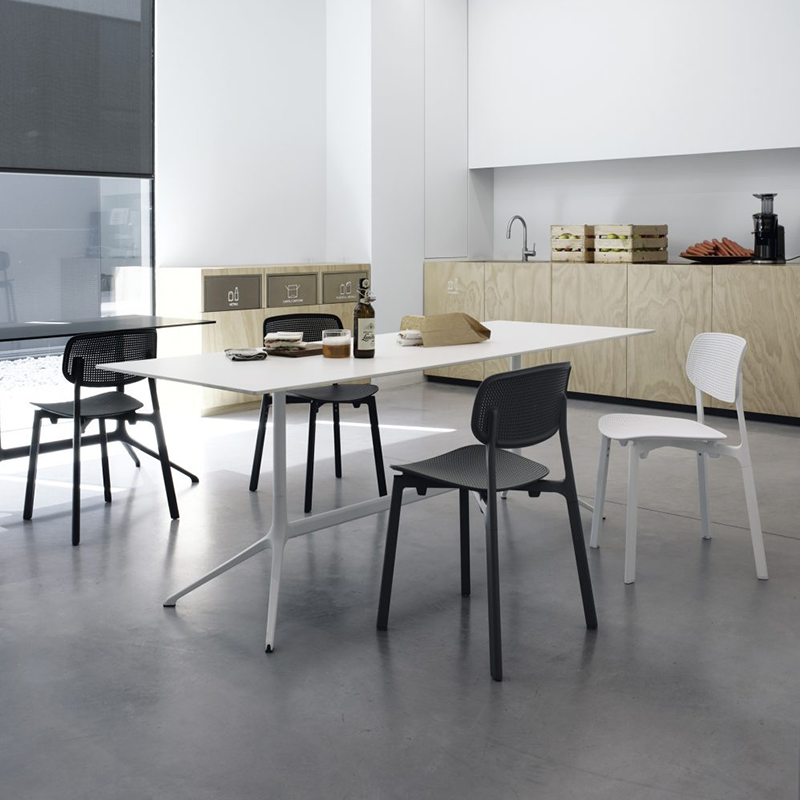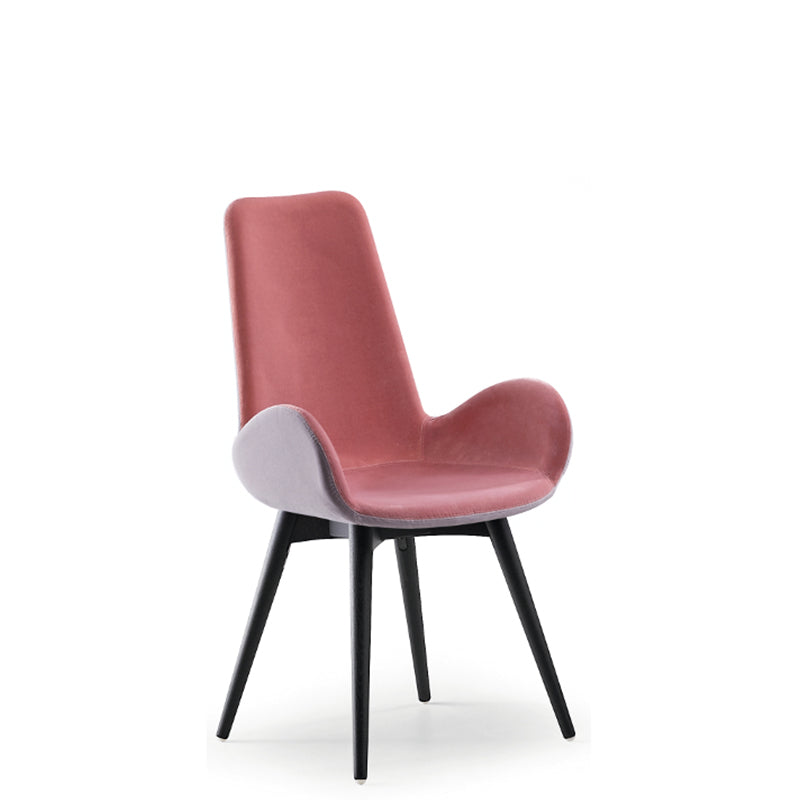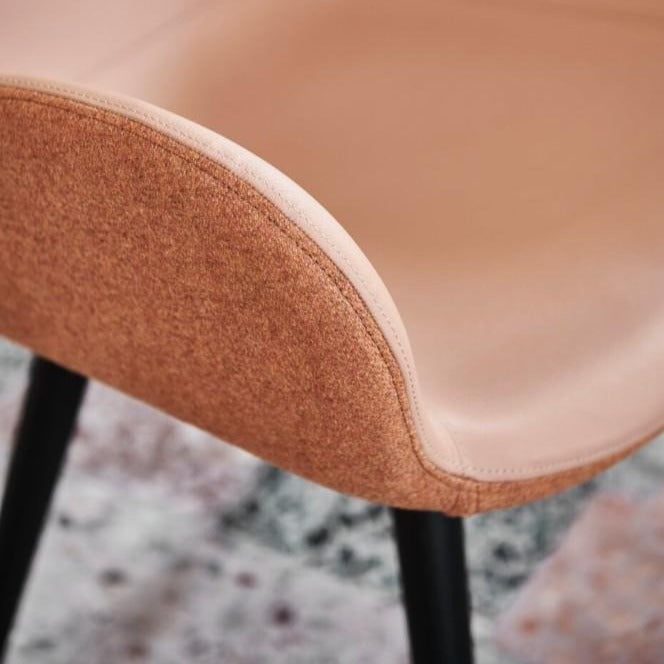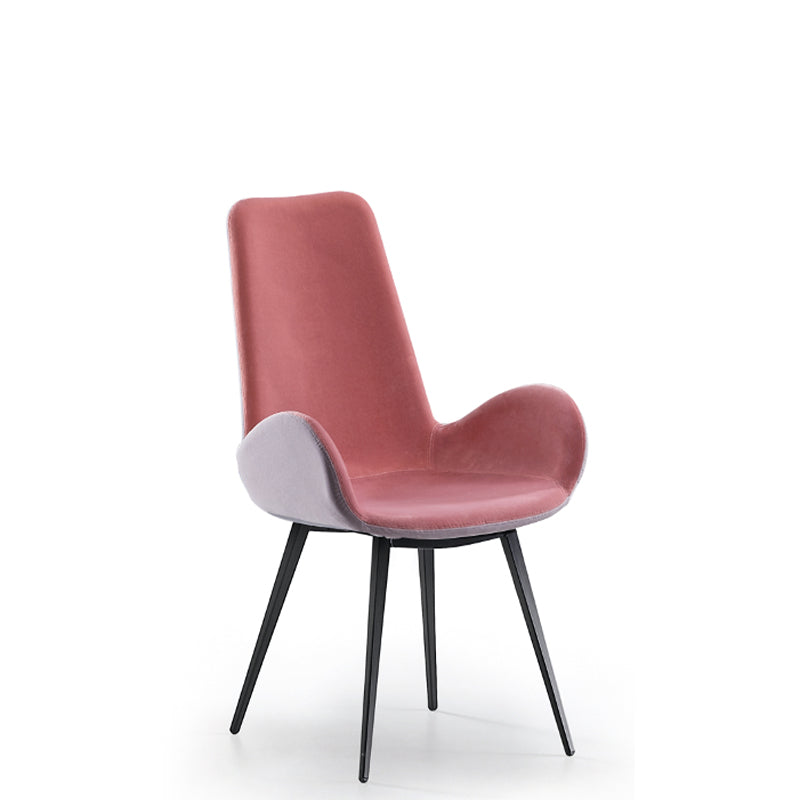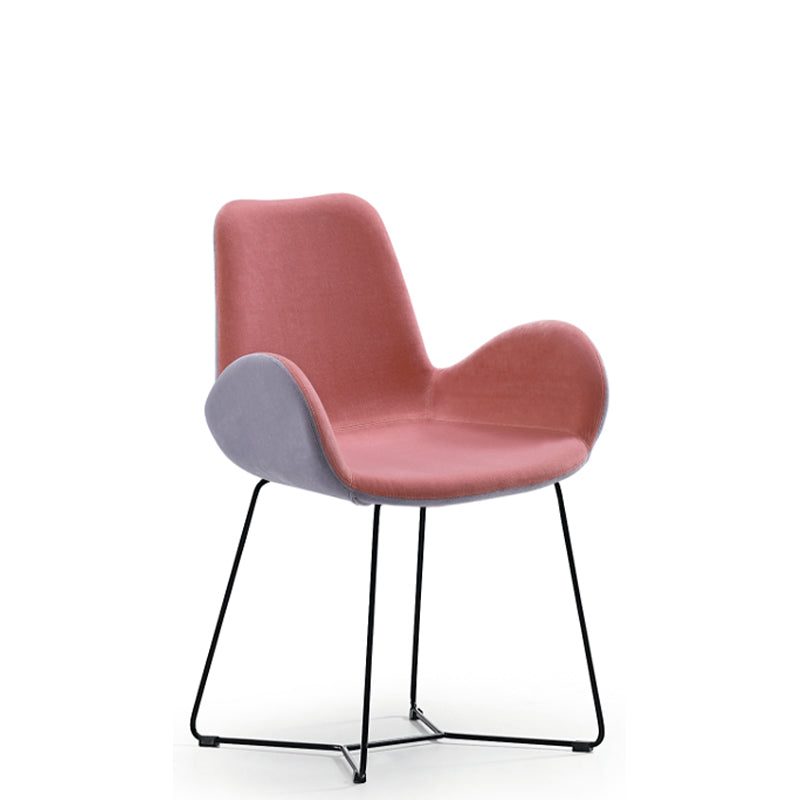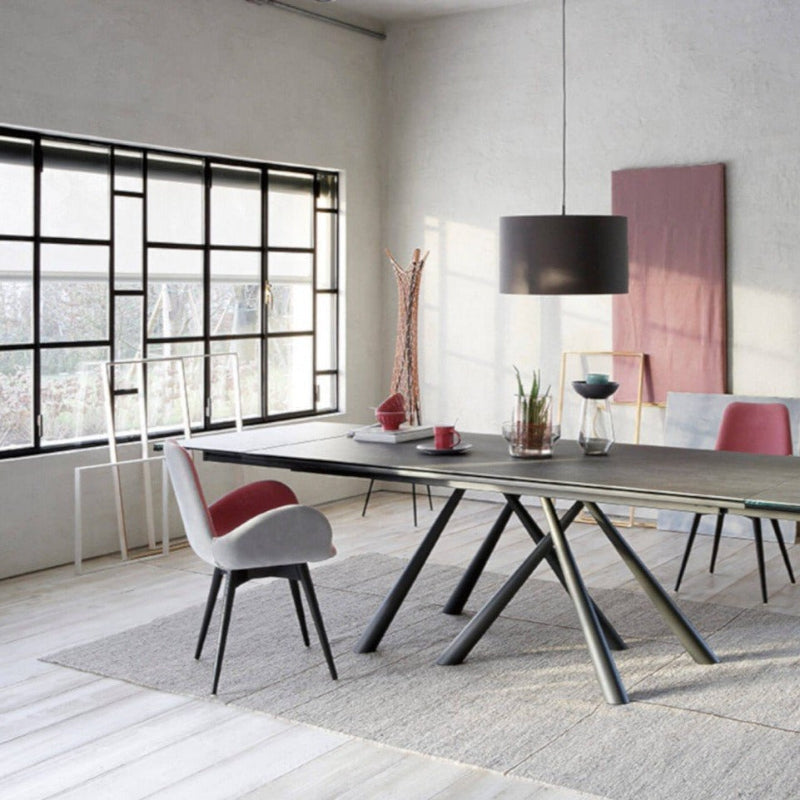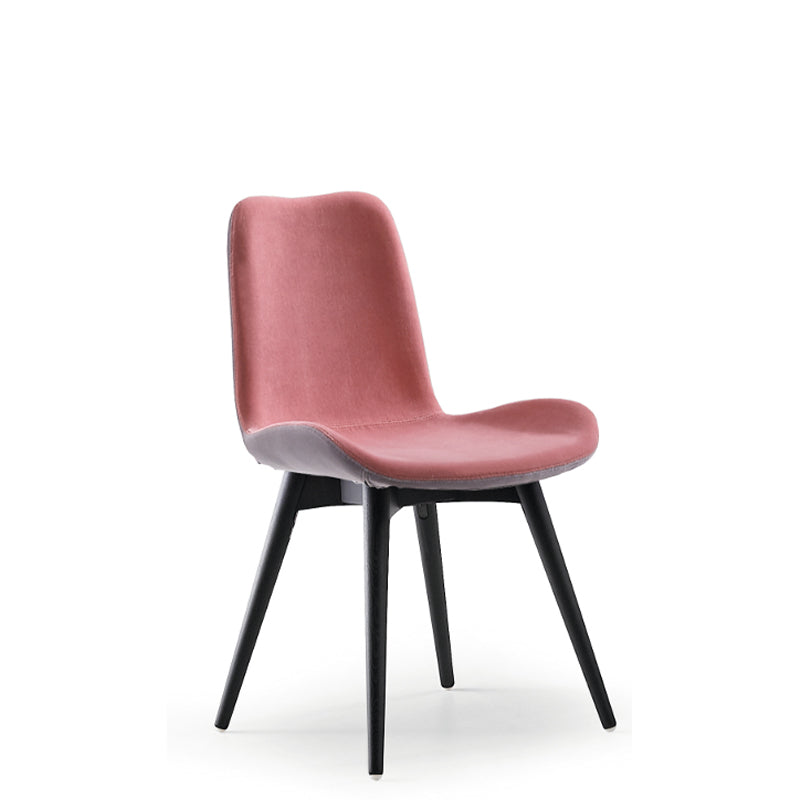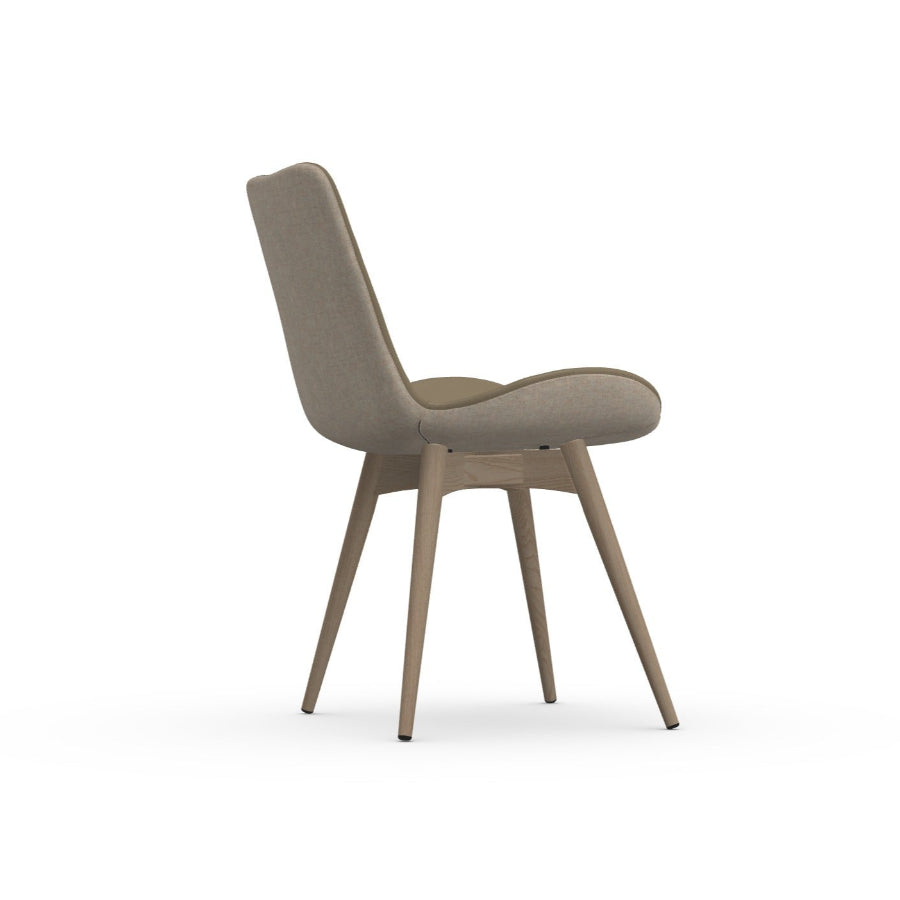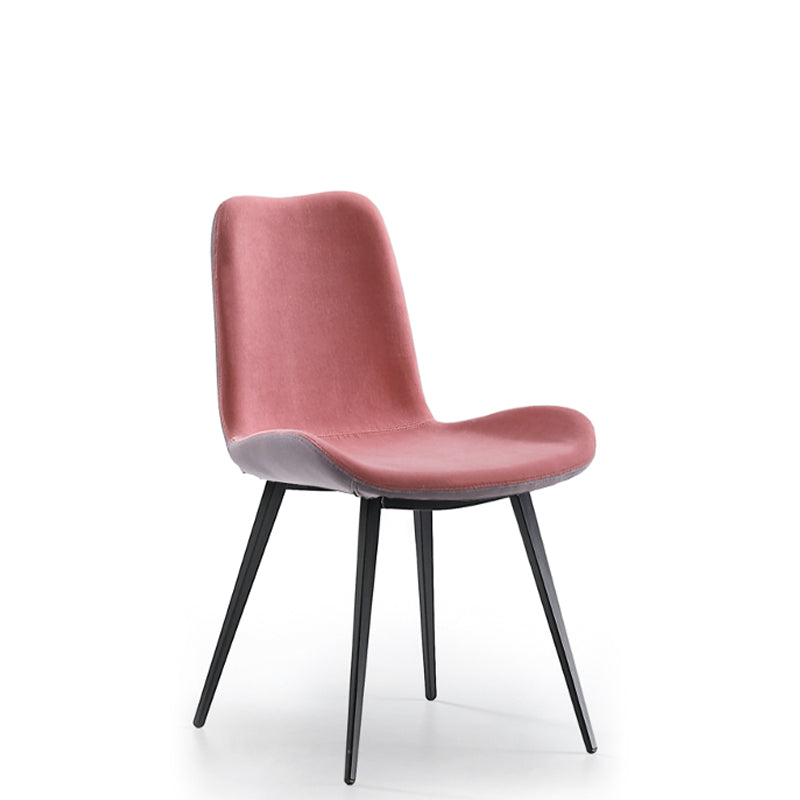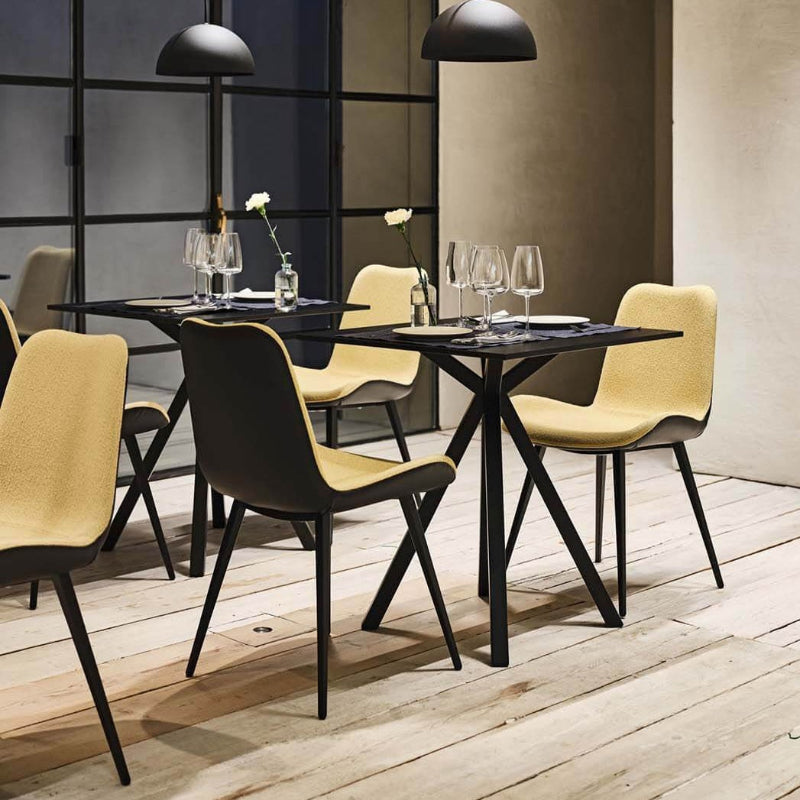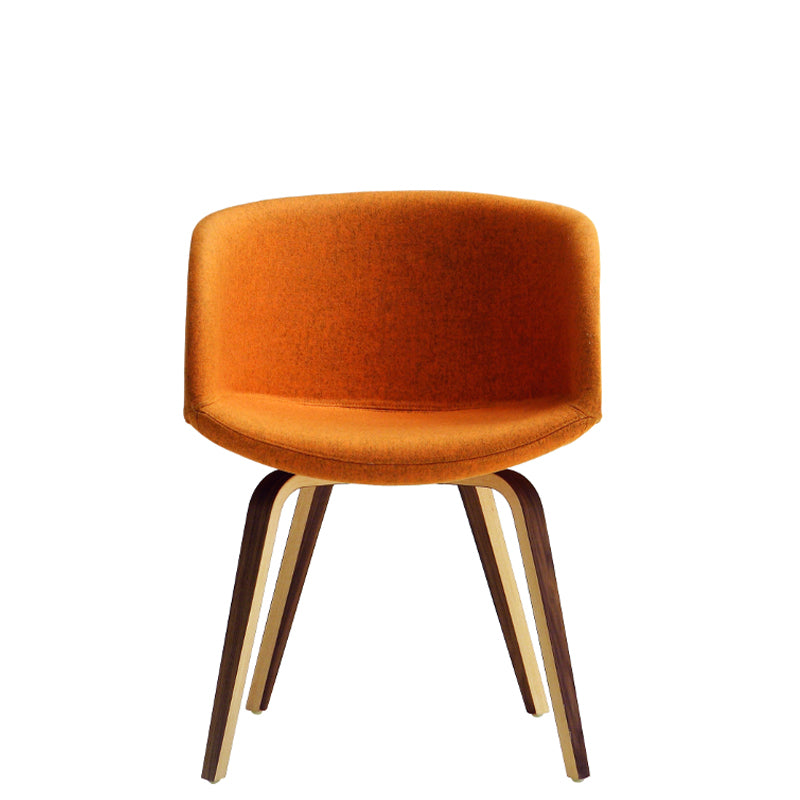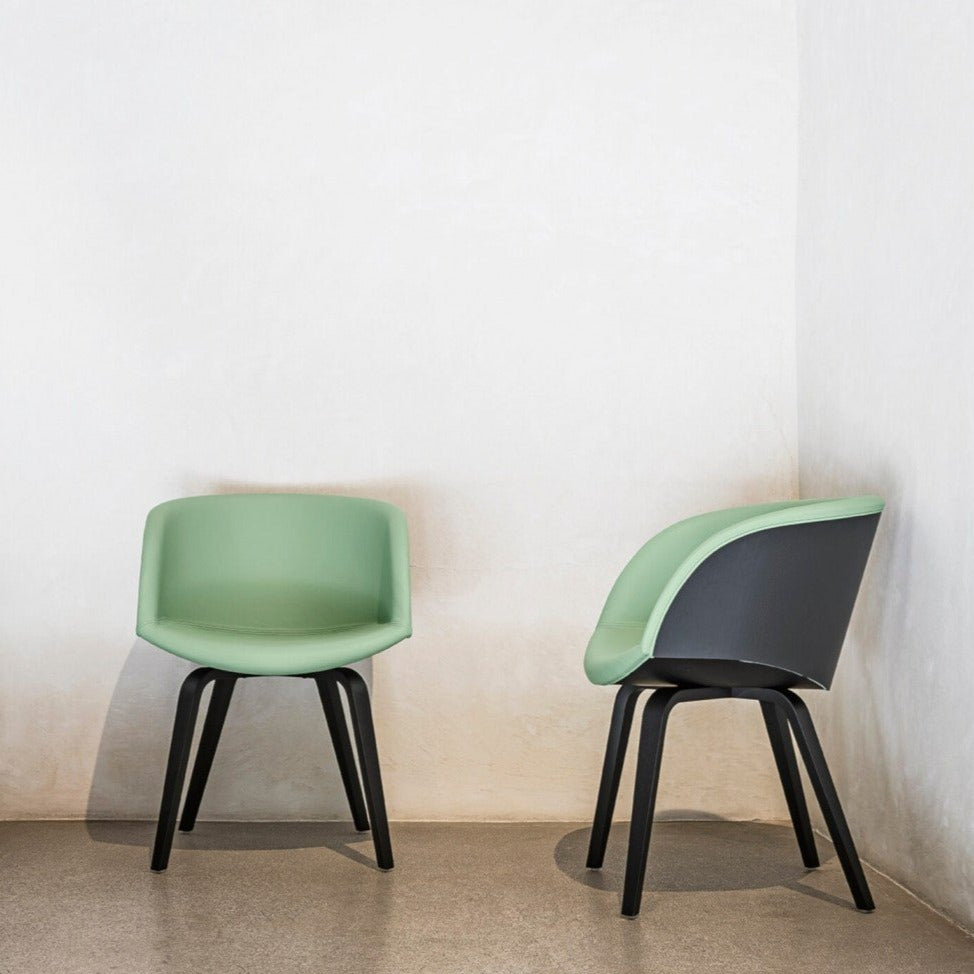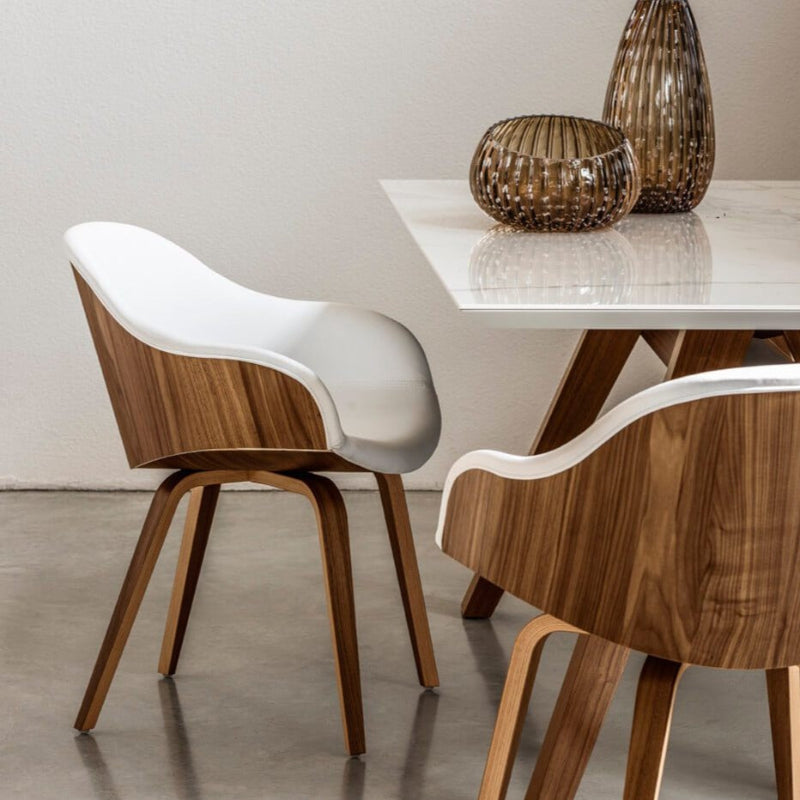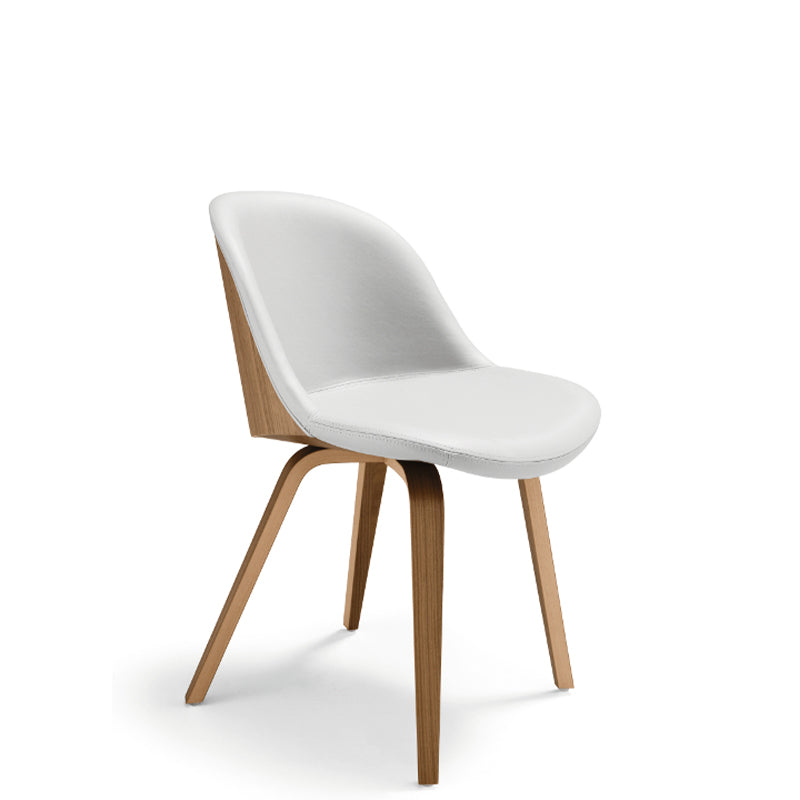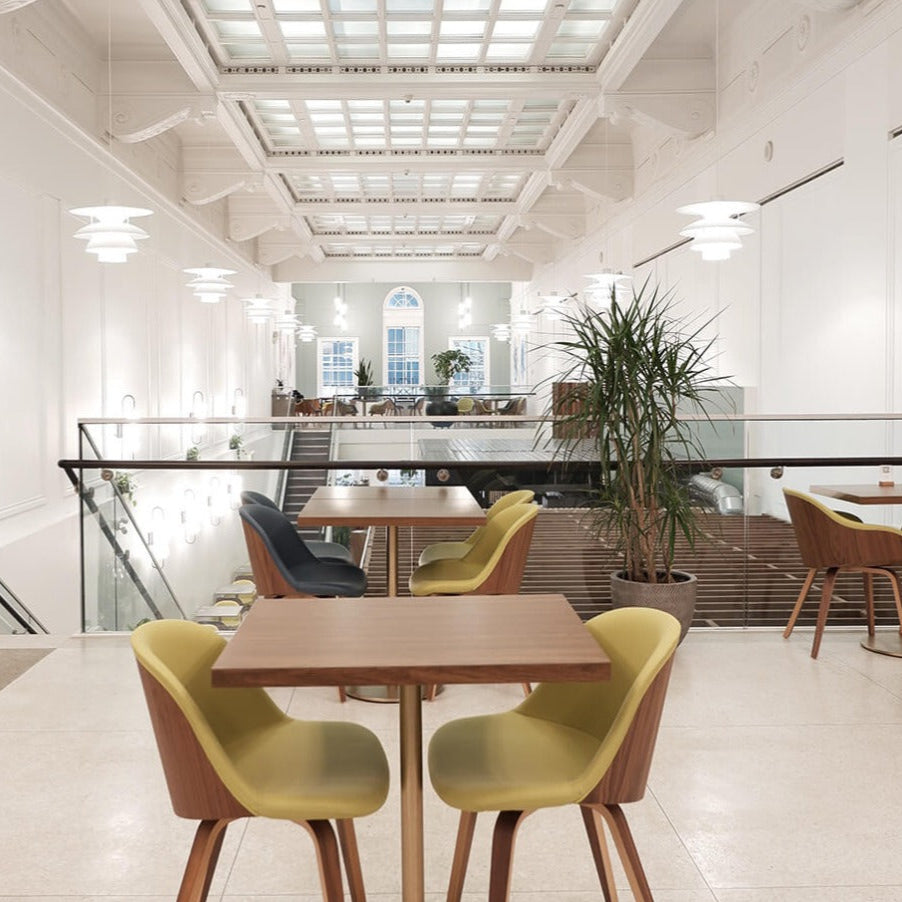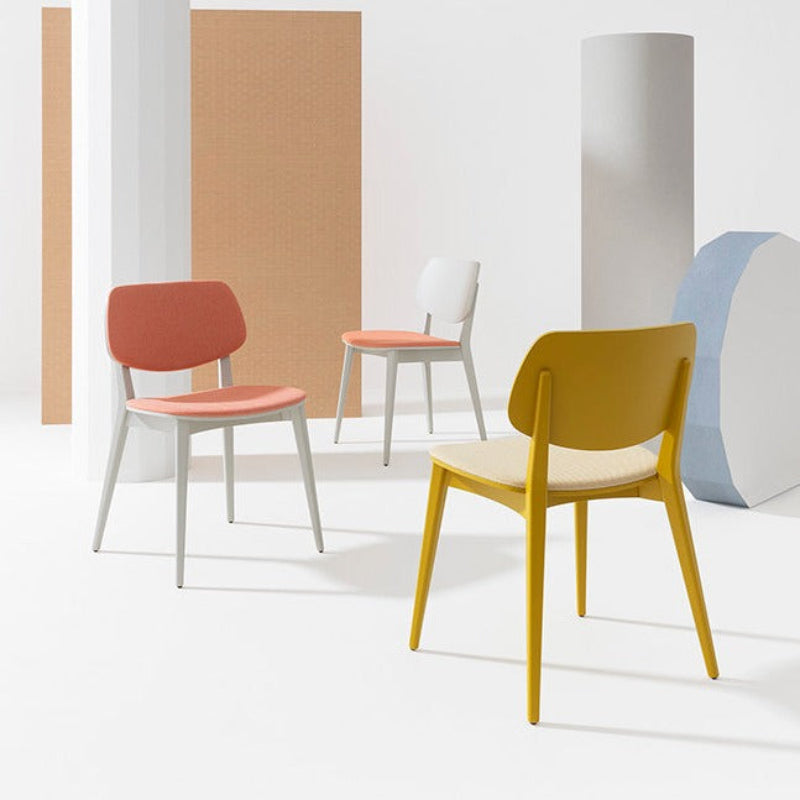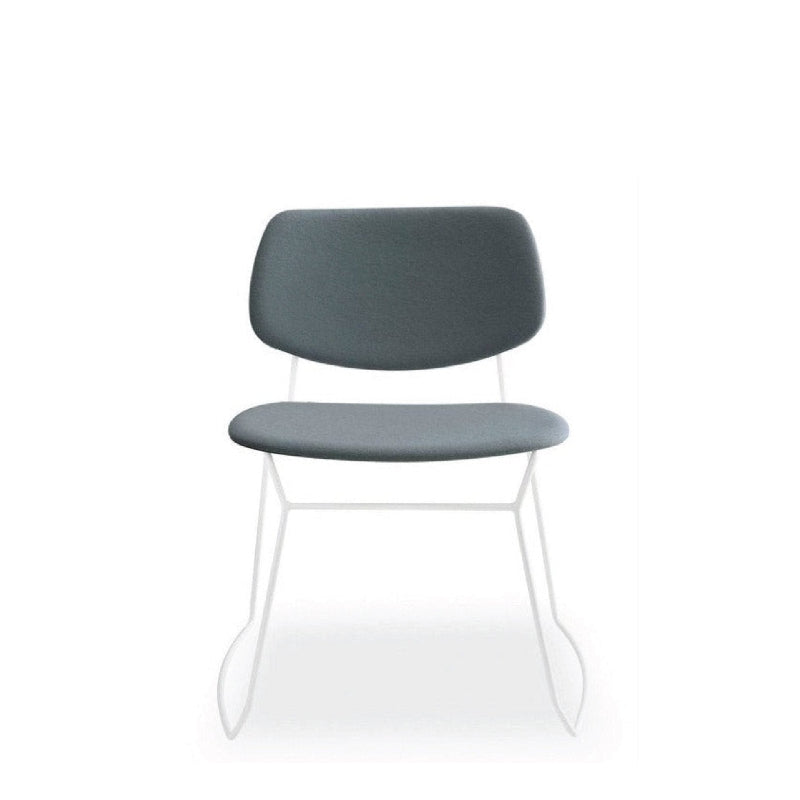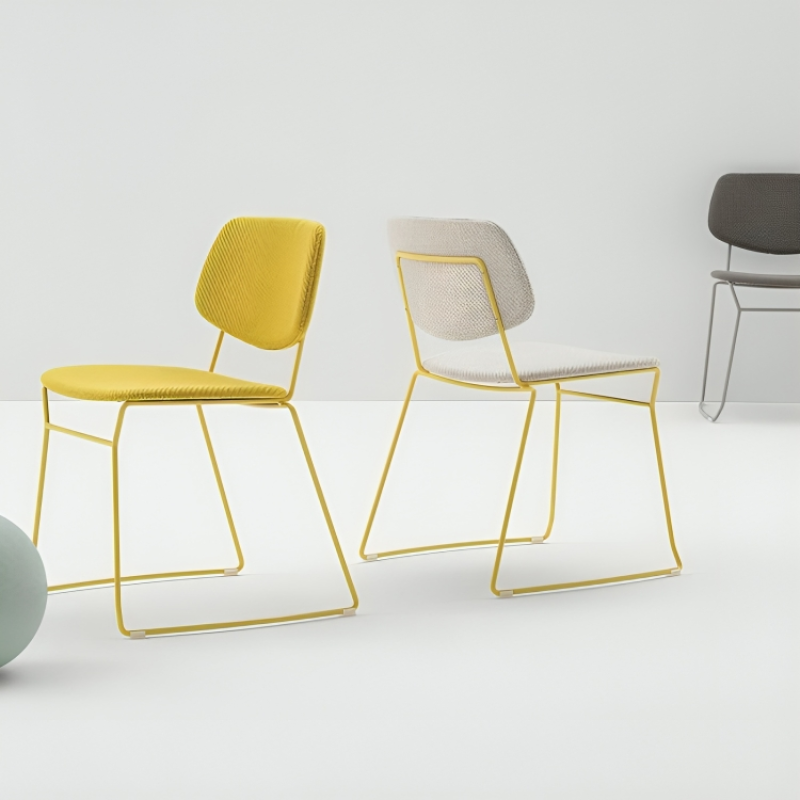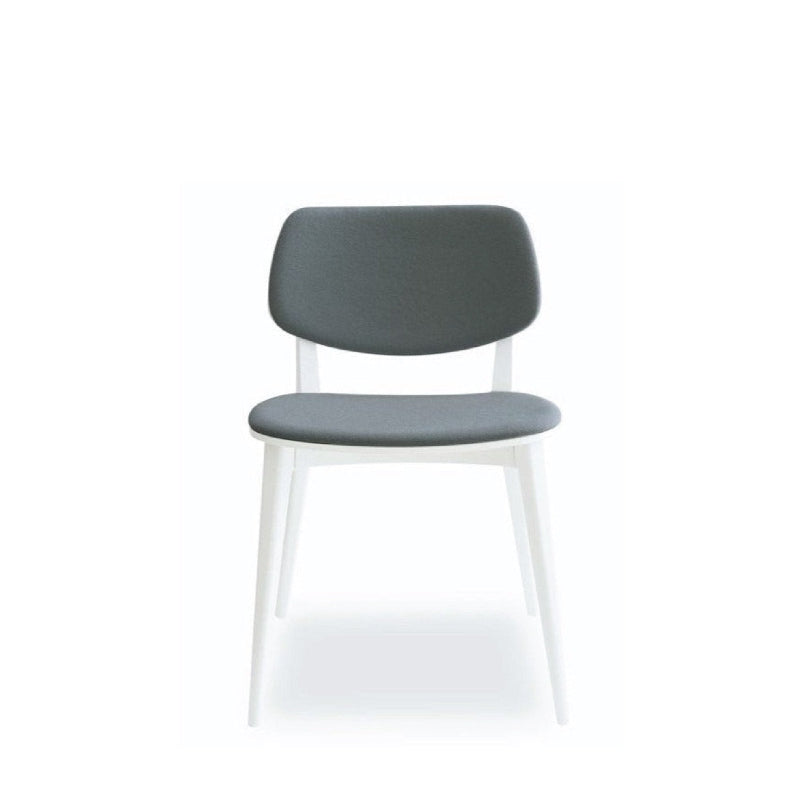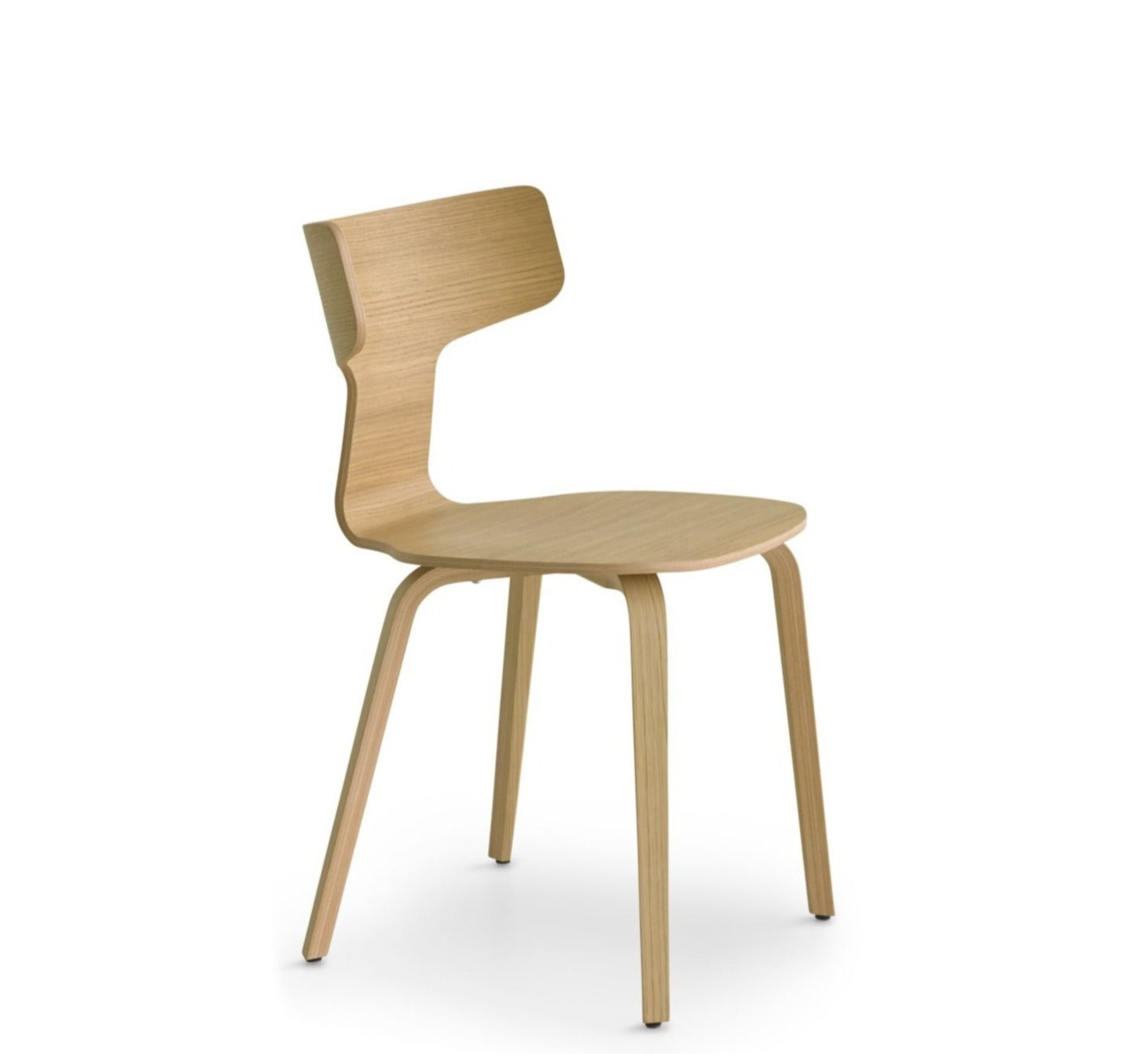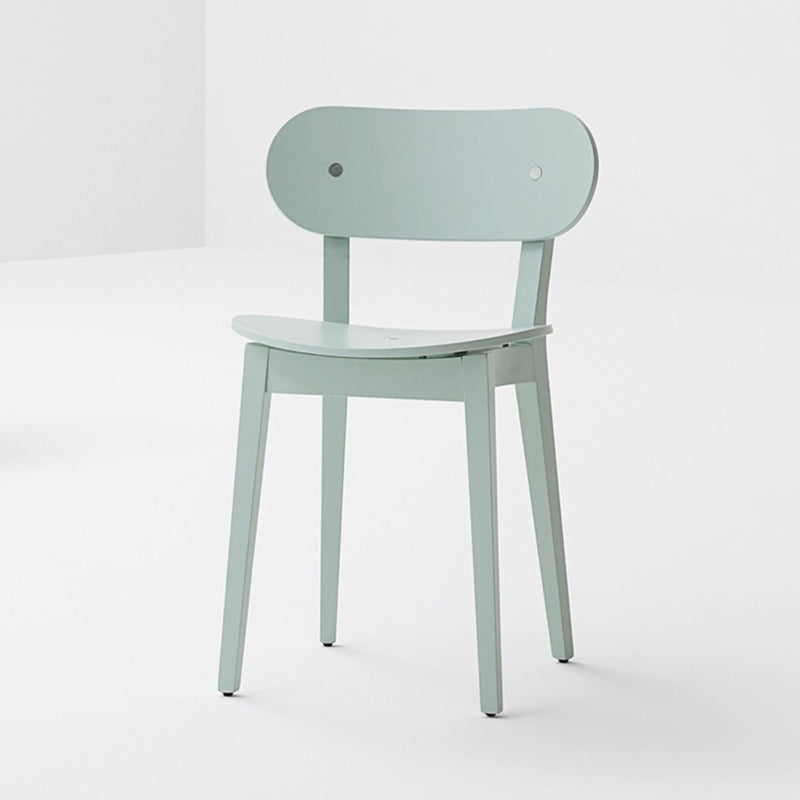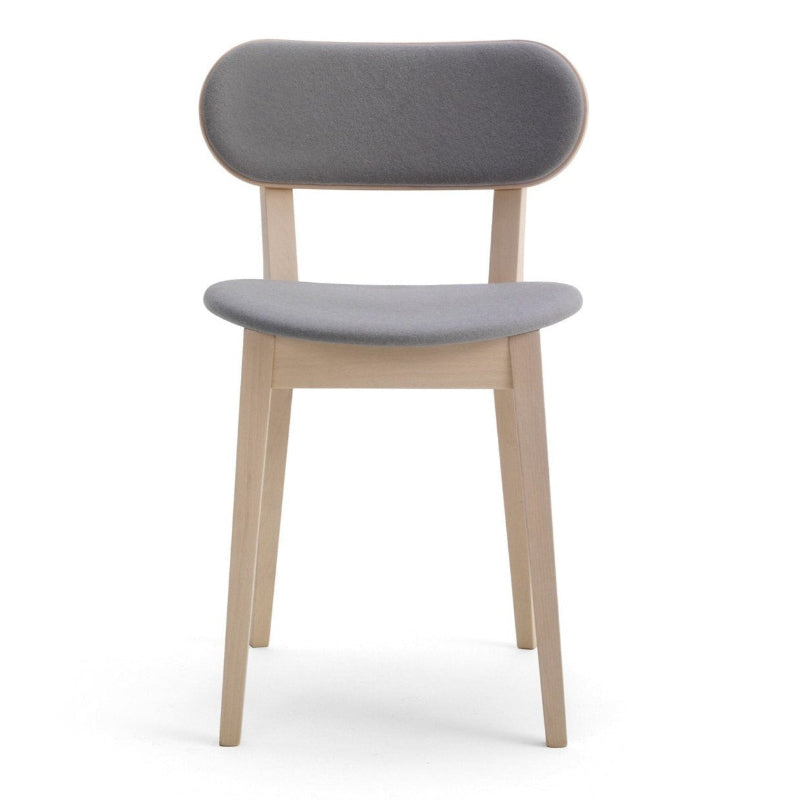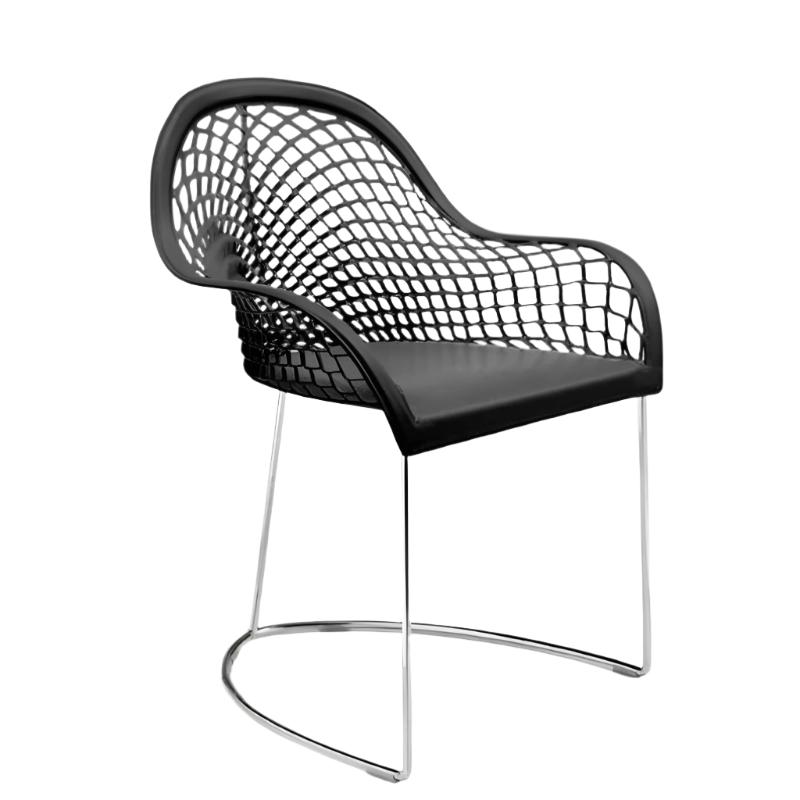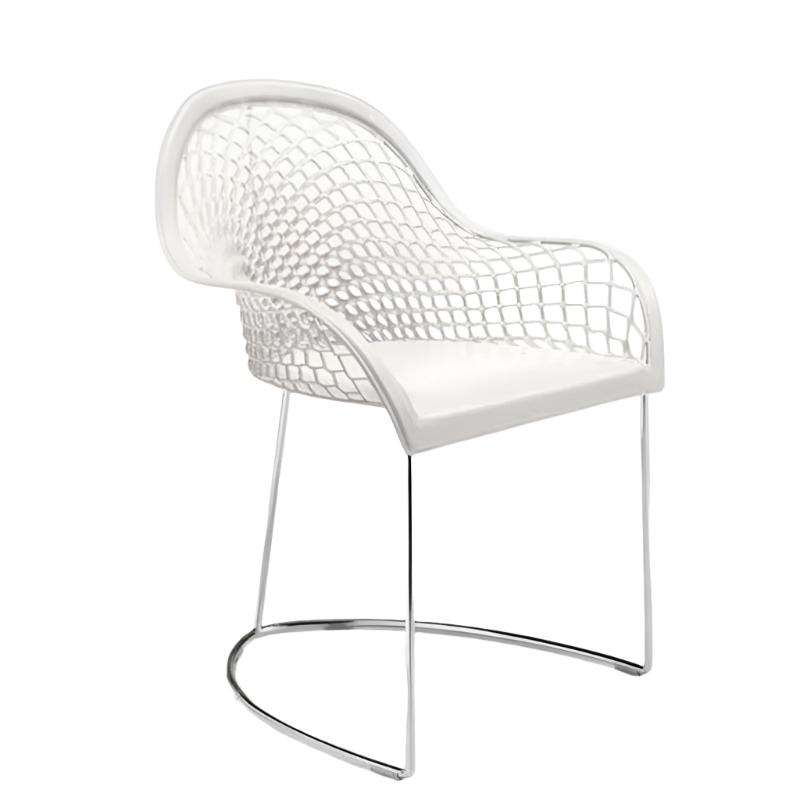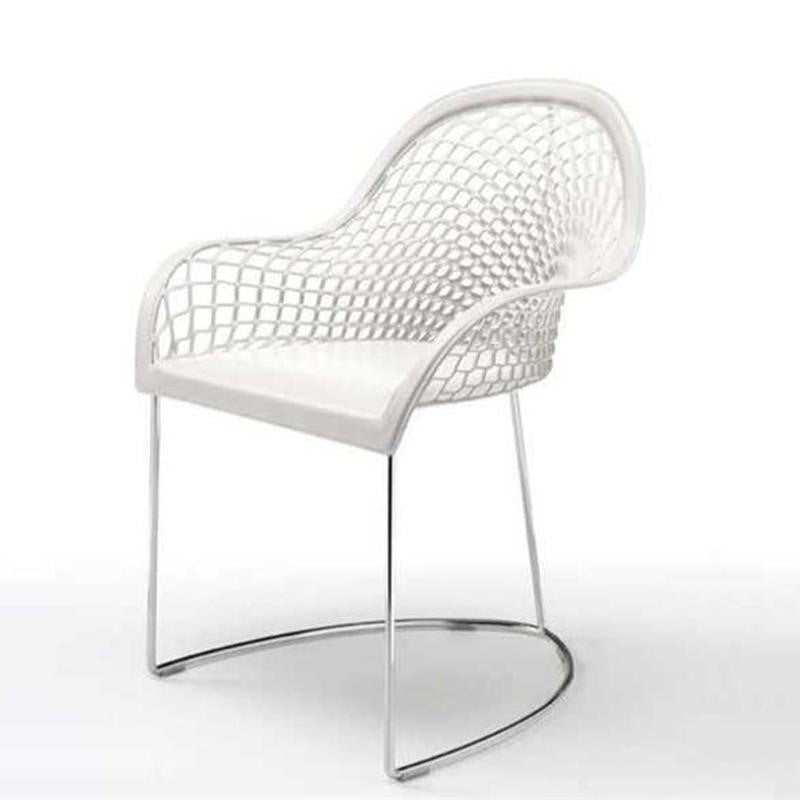Heavy-Duty Restaurant Chairs
```htmlContract-grade restaurant chairs are engineered to withstand constant use in high-traffic venues such as busy cafes and hotel lobbies. Reinforced frames in many restaurant chairs accommodate frequent stacking, making stackable chairs ideal for venues that need to clear floors quickly. Their abrasion-resistant upholstery integrates effortlessly with refined bistro chairs, blending durability with sophisticated appeal. Plus, these restaurant chairs pair perfectly with furniture classics to round out a versatile seating collection.
ANSI-Tested Restaurant Chairs for Reliable Use
Meeting strict ANSI/BIFMA safety protocols, these restaurant chairs undergo over 100,000 cycles of weight and pressure testing to guarantee long-term structural integrity. The same rigorous assessments also apply to bistro table and chairs used in commercial settings, confirming resistance to warp and joint fatigue. With fire-retardant finishes that comply with California TB117-2013, they’re ideal for both indoor dining and outdoor chairs in busy plazas or patios.
Easy-Clean Bistro Chairs with Antimicrobial Fabrics
In busy dining venues where cleanliness is paramount, antimicrobial treatments in bistro chairs inhibit bacteria and repel spills for effortless maintenance. Durable veneers resist scratches and stains on these stackable chairs, making them quick to wipe down and reset between services. Even common cleaning agents can sweep away mess with a simple pass, all while preserving the sleek lines expected of contemporary dining chairs. These restaurant chairs maintain their appearance and hygiene standards night after night.
Fire Safe Bistro Table and Chairs
Upholstery and foam in bistro table and chairs meet rigorous flammability standards, making these pieces inherently fire-safe without sacrificing style. Highly engineered cores and treated fabrics ensure that both bistro chairs and bistro table and chairs components resist ignition, creating safer environments for guests and staff alike. For venues that require quick turnover, stackable chairs that meet these safety benchmarks simplify cleanup. Beyond function, these seats integrate with contemporary furniture design in hotels, cafes, or event venues.
Common Questions About Contract-Quality Chairs
What weight rating is appropriate for public-area seating?
For lobbies, cafés, and waiting areas, a safe baseline is seating that meets ANSI/BIFMA public-area tests. That test profile targets about 275 pounds with repeated cyclic forces. Many projects step up to chairs with published capacities of 300 to 400 pounds for broader populations. Always confirm the manufacturer’s stated weight rating and commercial testing on the spec sheet. If it is not listed clearly, choose a different model.
Summarize U.S. flammability requirements for hospitality upholstery
TB117-2013 is the common baseline for upholstered seating components in the U.S. It focuses on smolder resistance for fabrics, fills, barriers, and decking, and it does not require flame-retardant chemicals. NFPA 260 is another smolder test that evaluates the fabric and foam together and is often referenced in hospitality specs. NFPA 701 applies to draperies and large hanging textiles, not to upholstered seating, so you will see it on window treatments rather than chairs.
Do I still need CAL 133 anywhere? What is the current guidance?
CAL 133 was repealed and is no longer the default requirement in California. Most current hospitality projects follow TB117-2013, with NFPA 260 added when a client or brand standard requests it. You may still find CAL 133 on legacy templates. When it appears, confirm with the local authority having jurisdiction or ask for an updated specification. Special occupancies may require different full-scale tests, but CAL 133 is no longer standard for typical seating.


